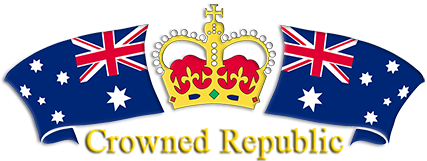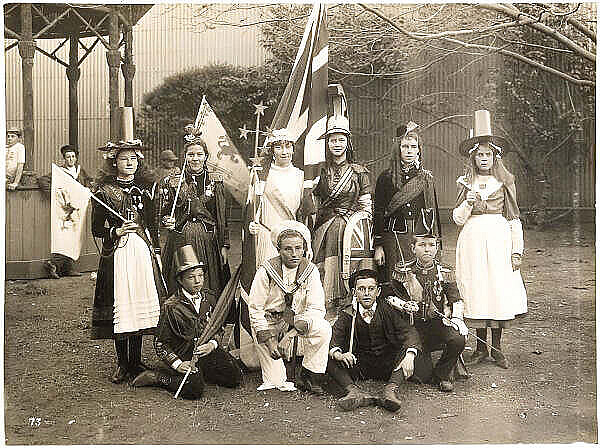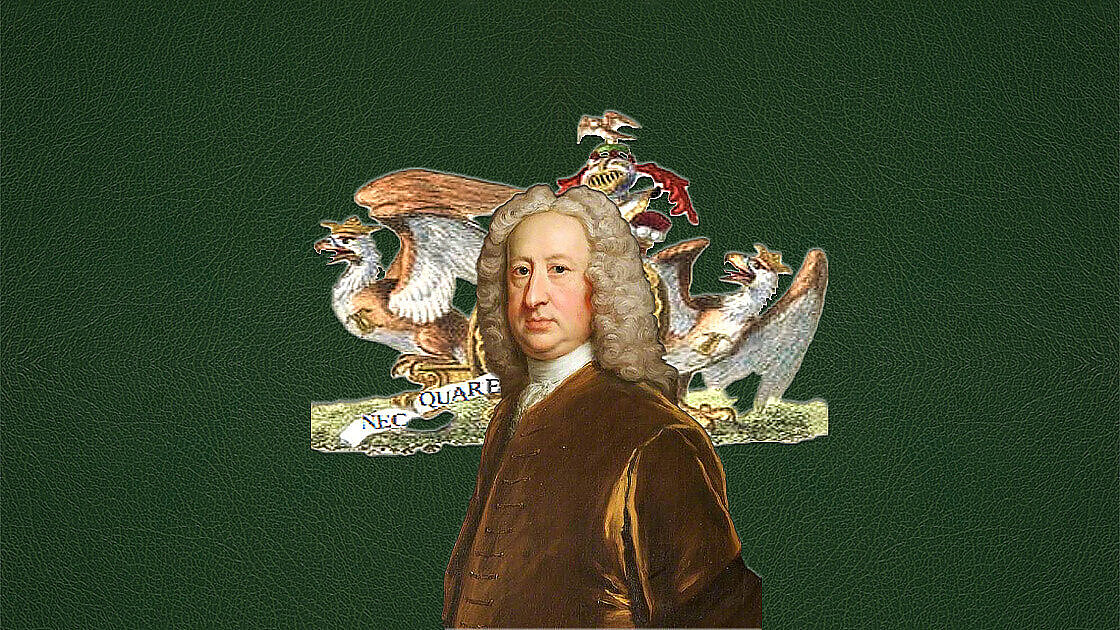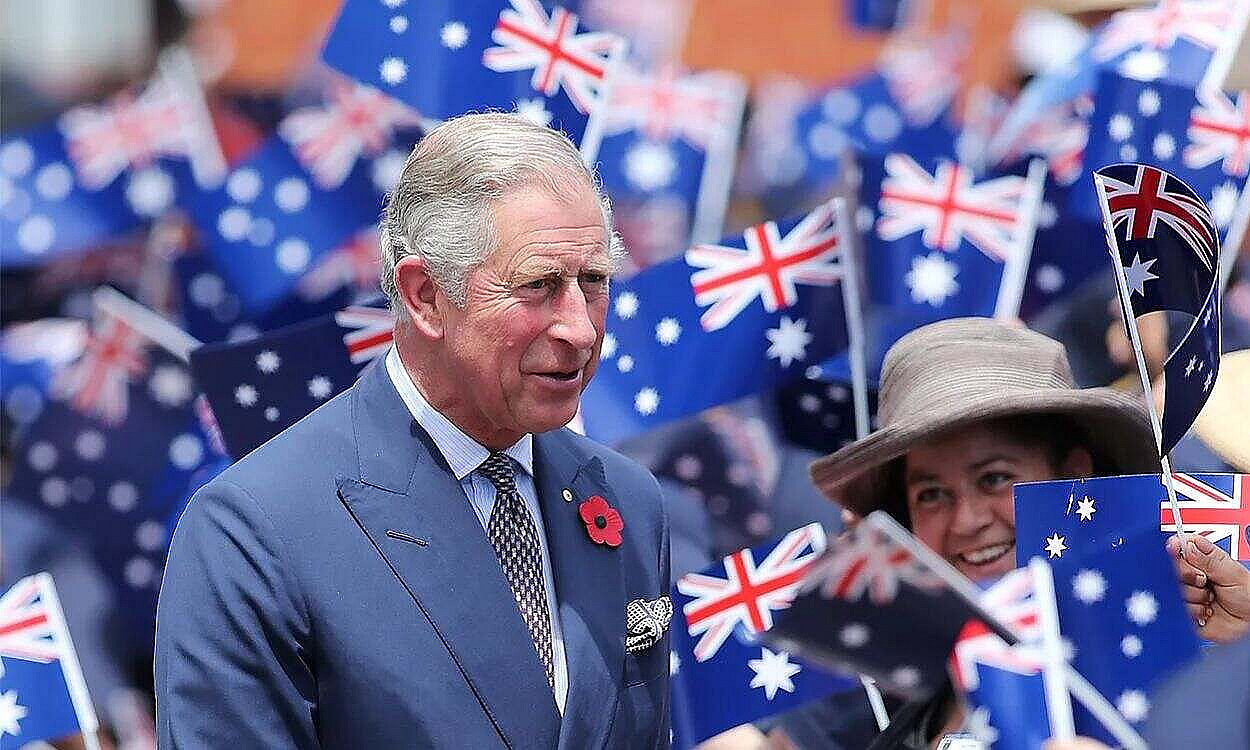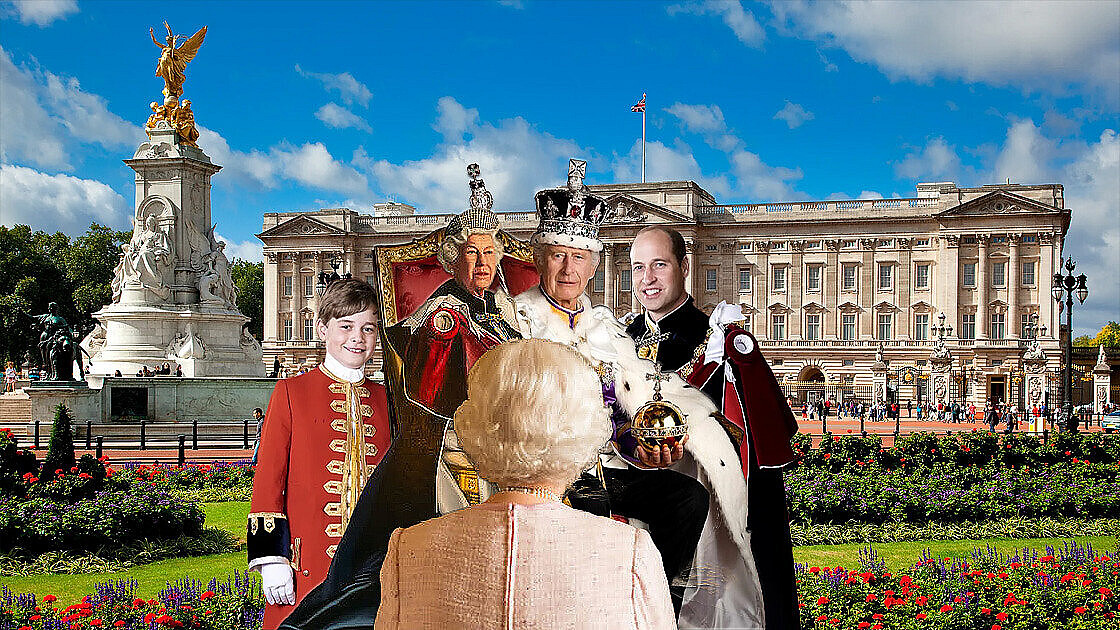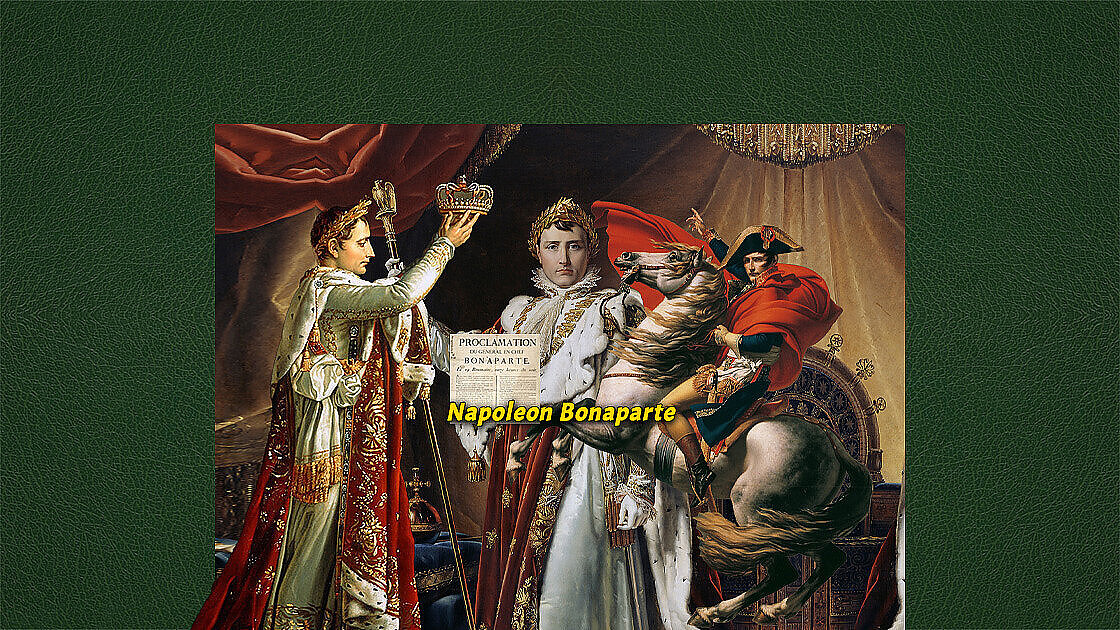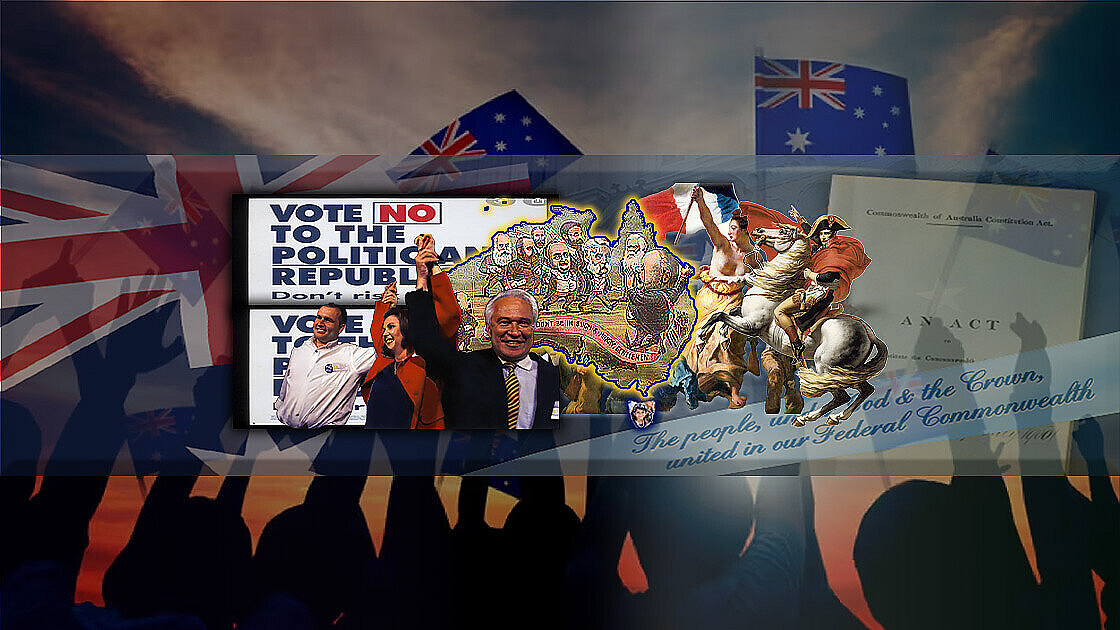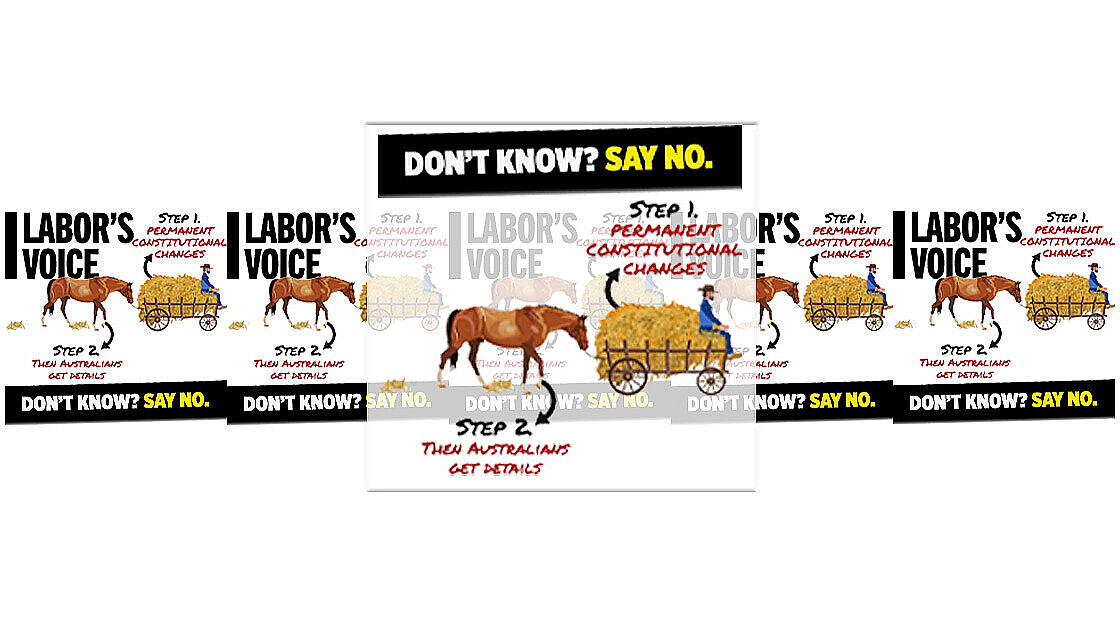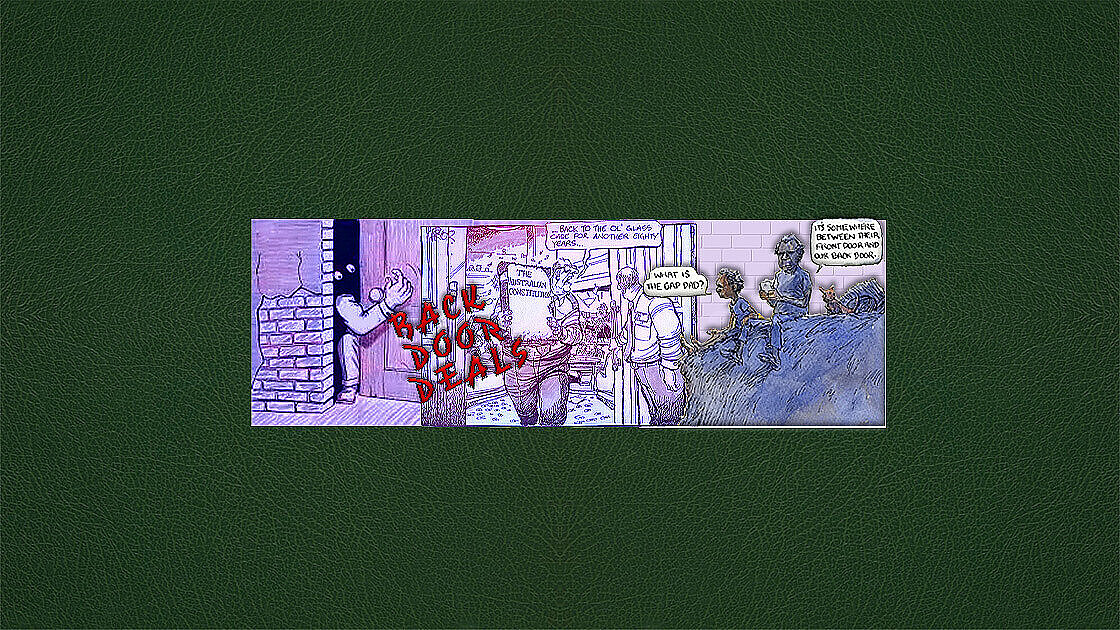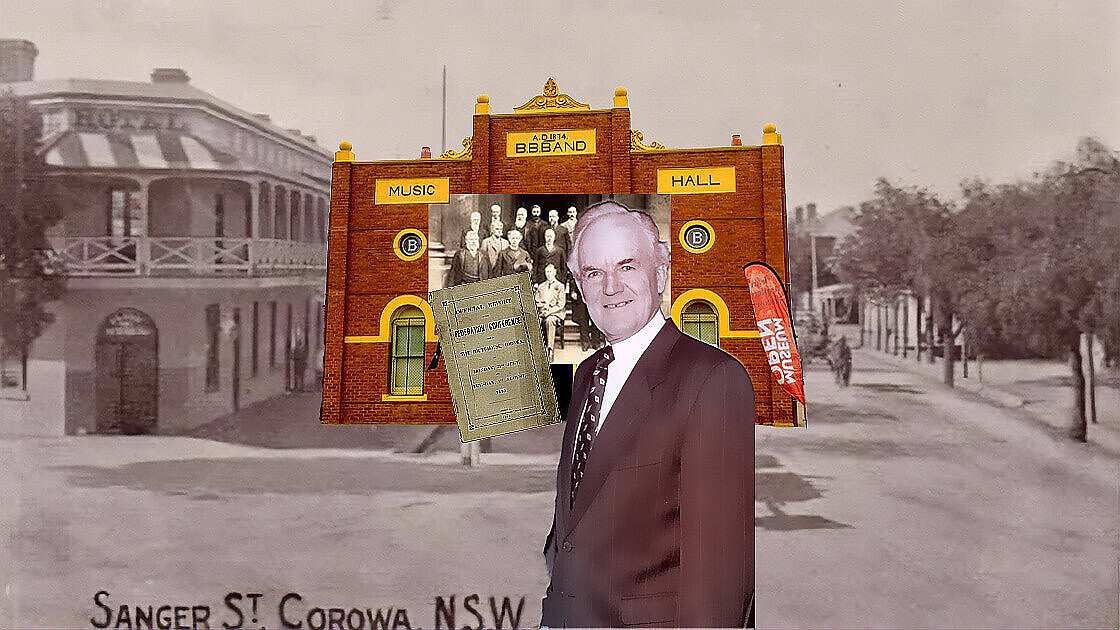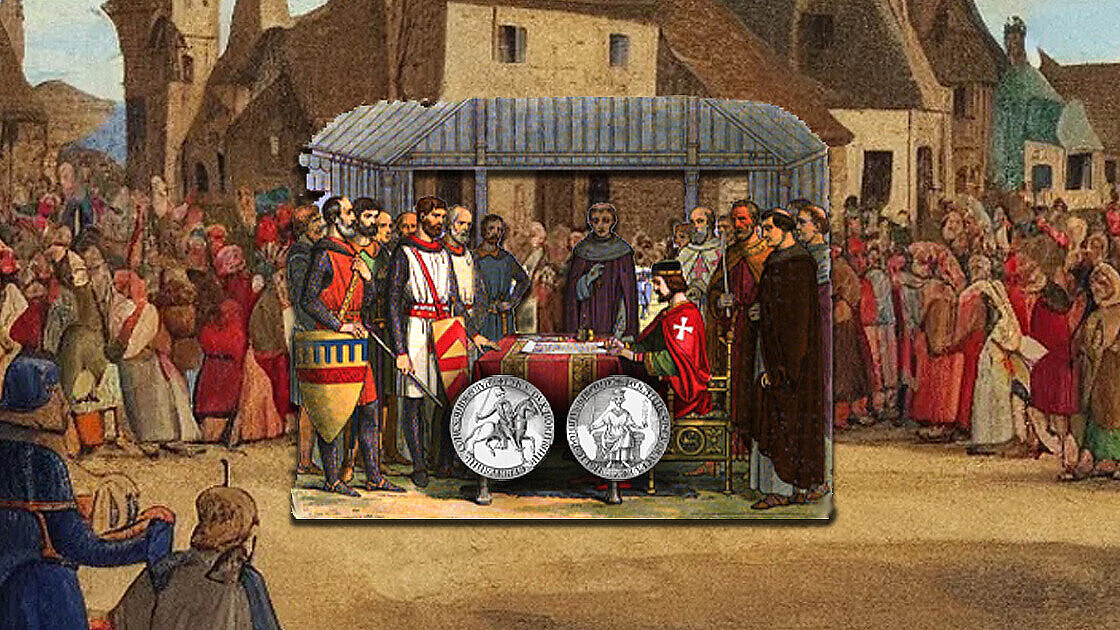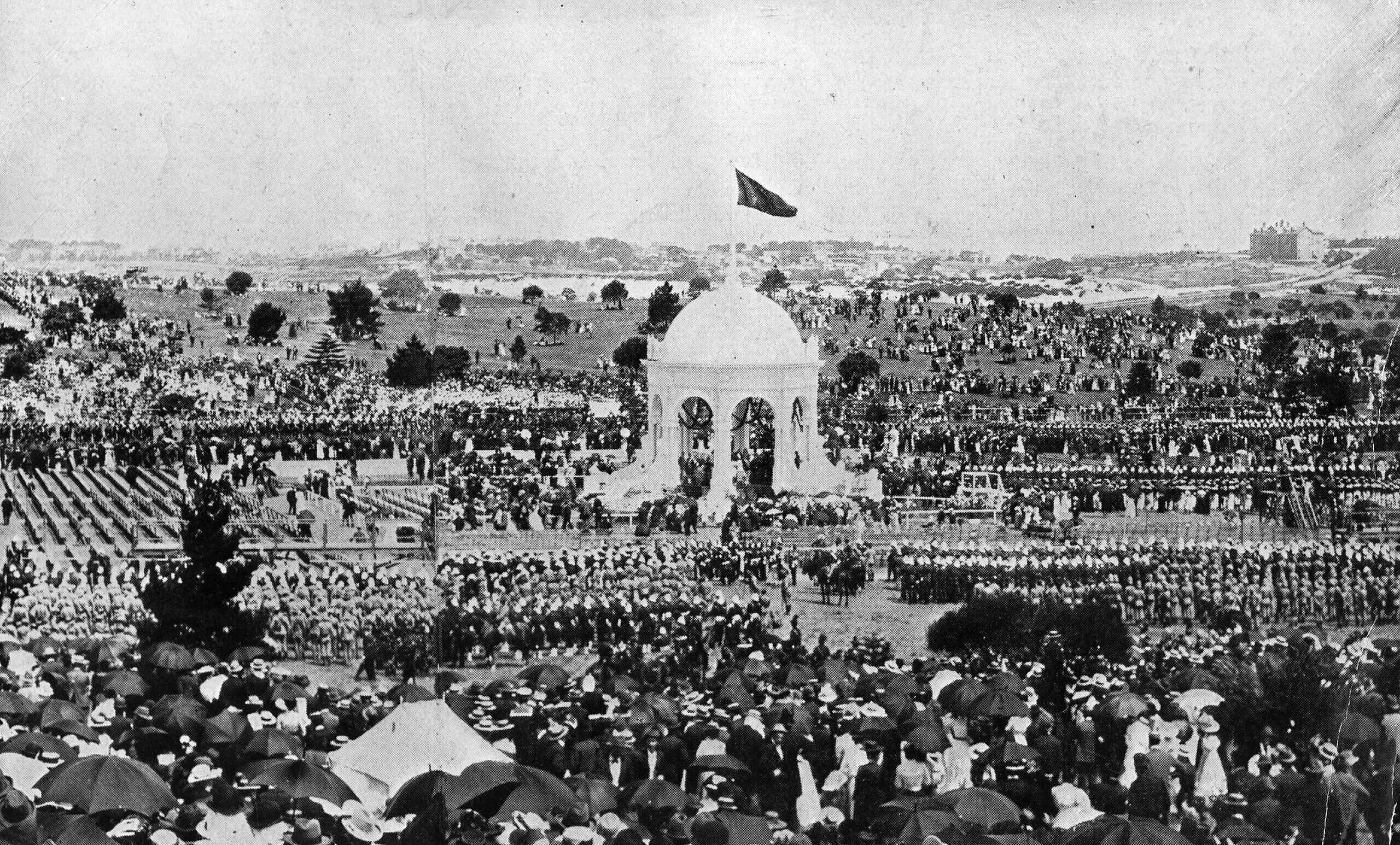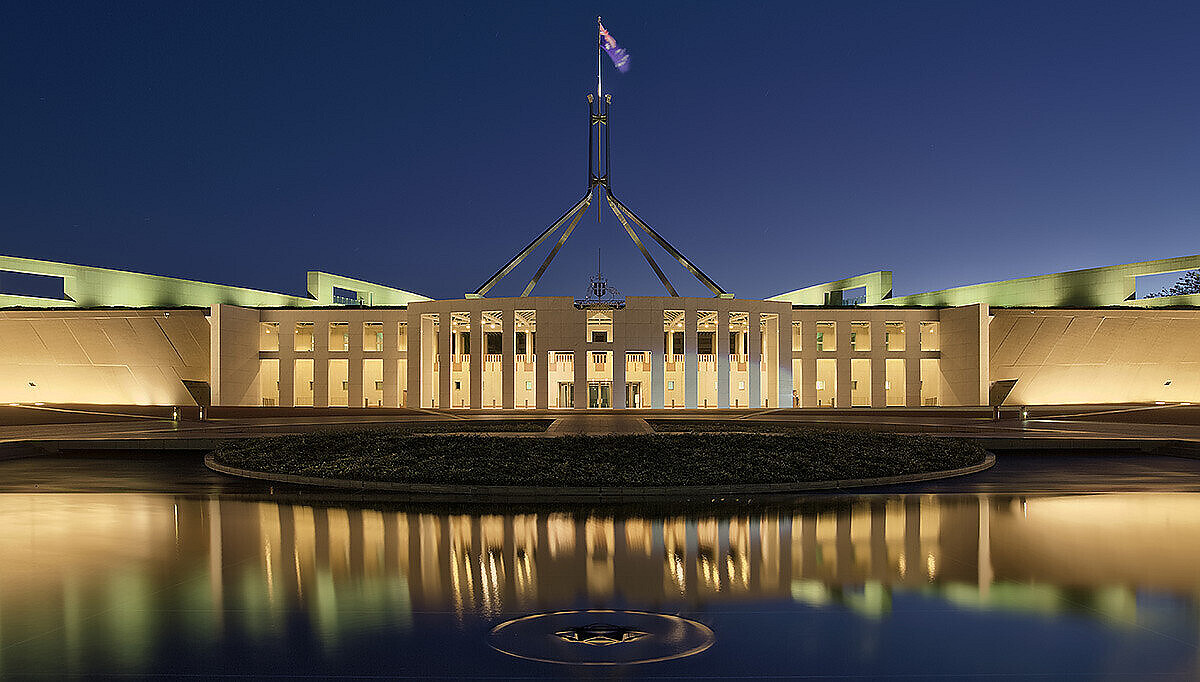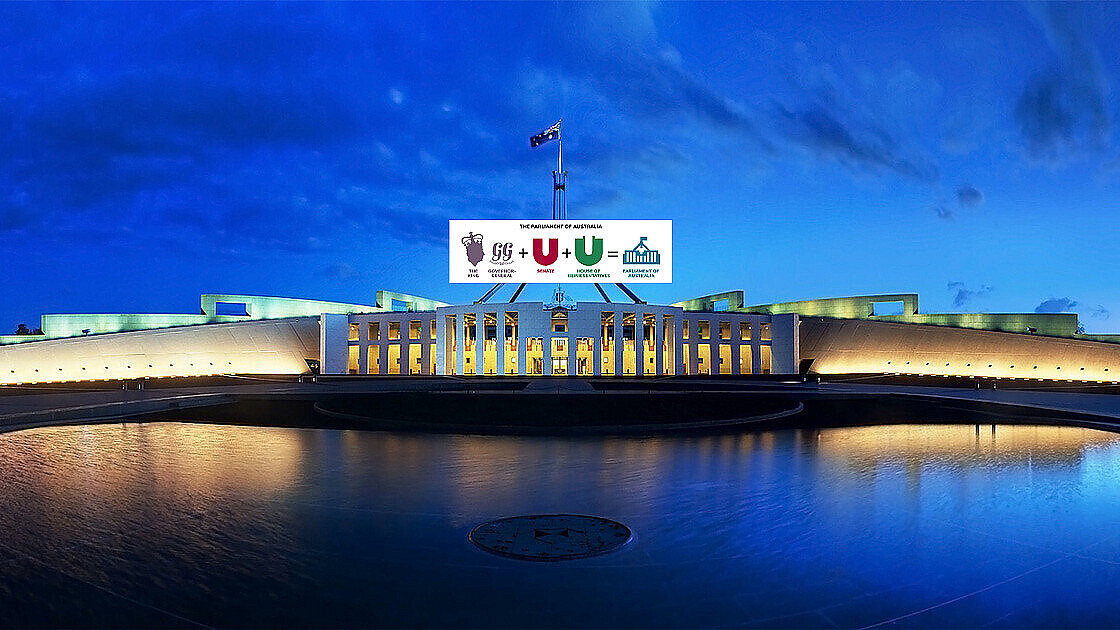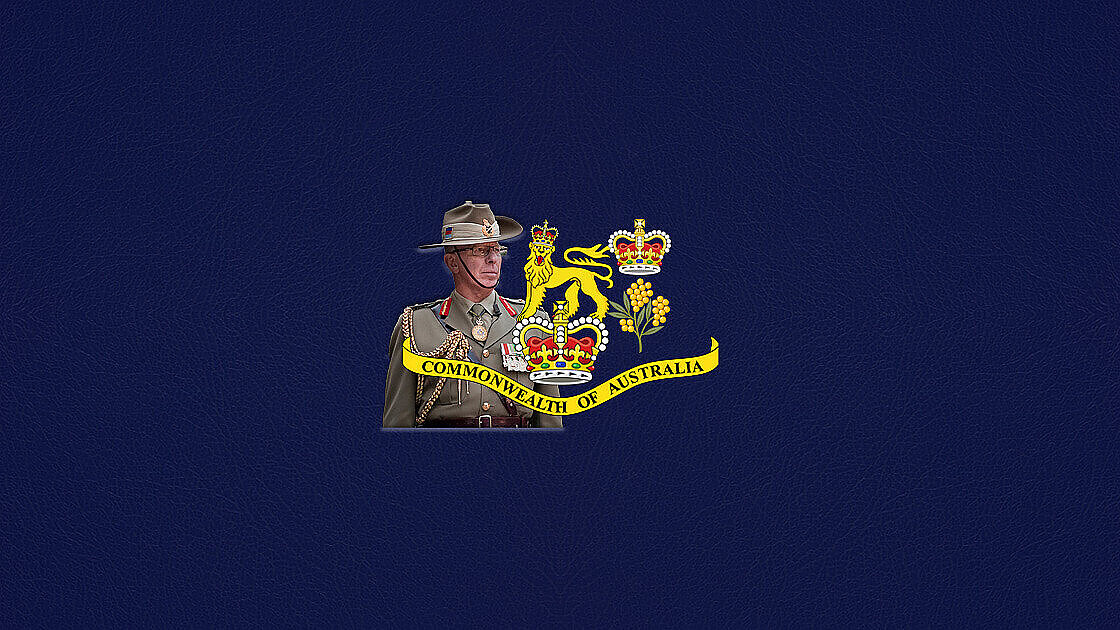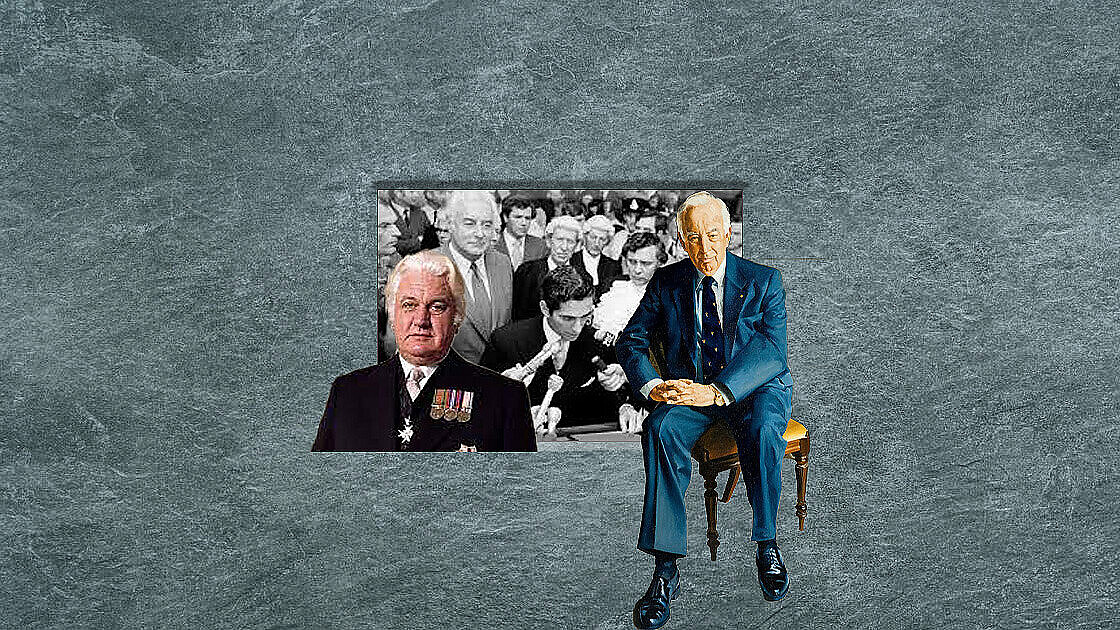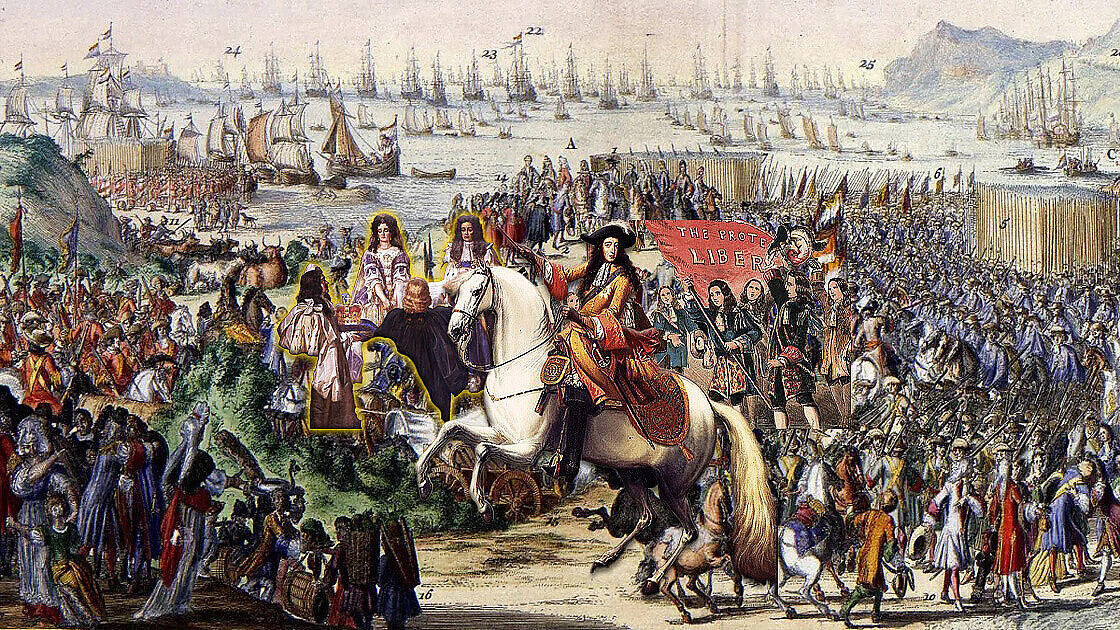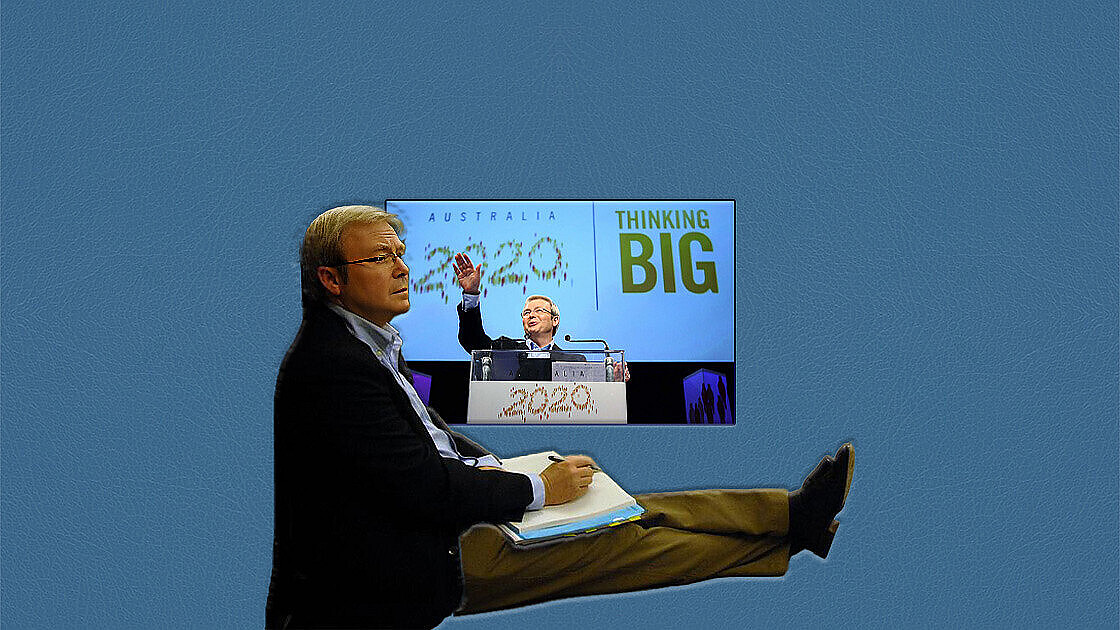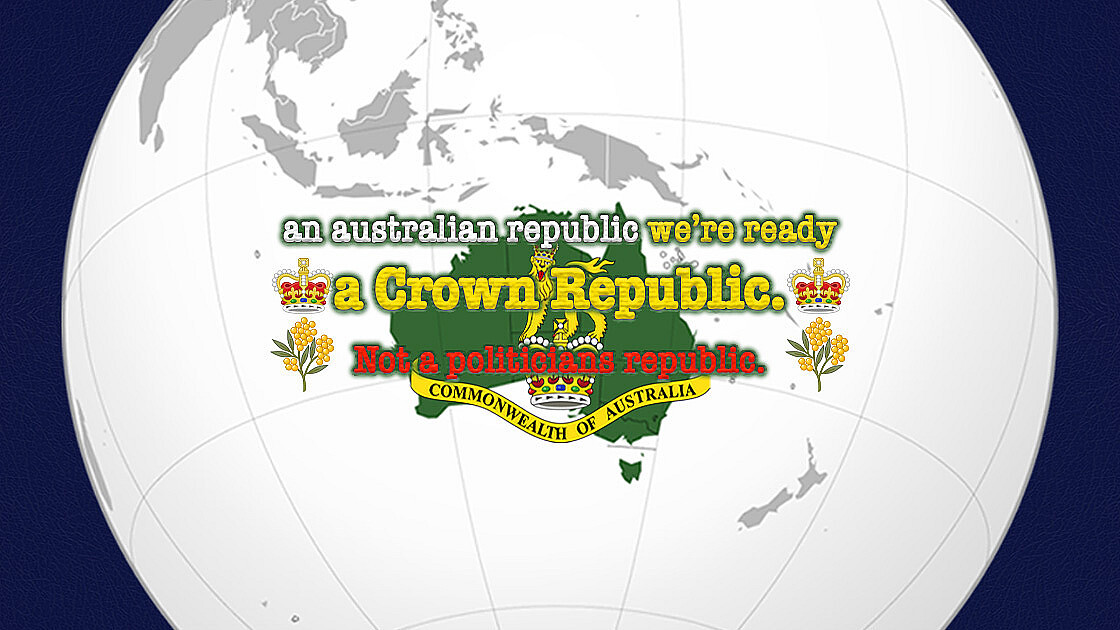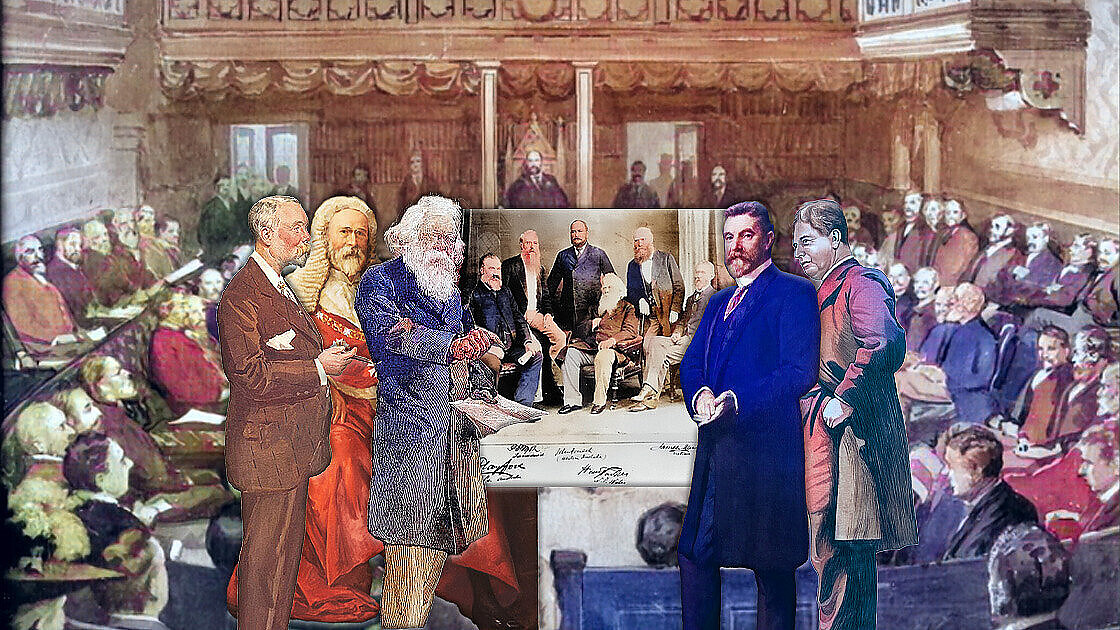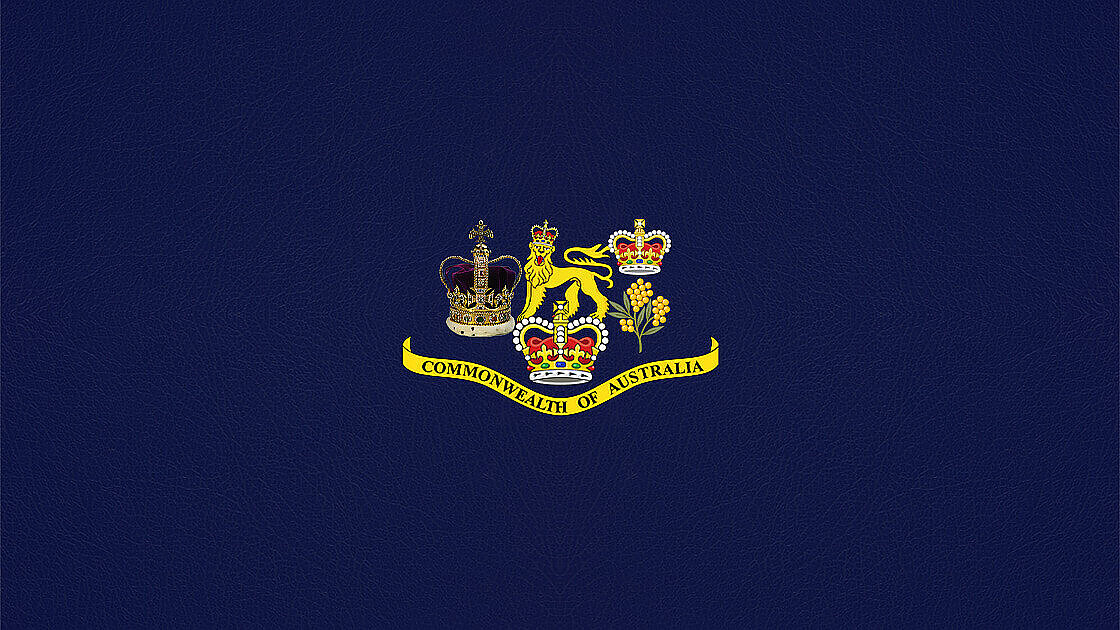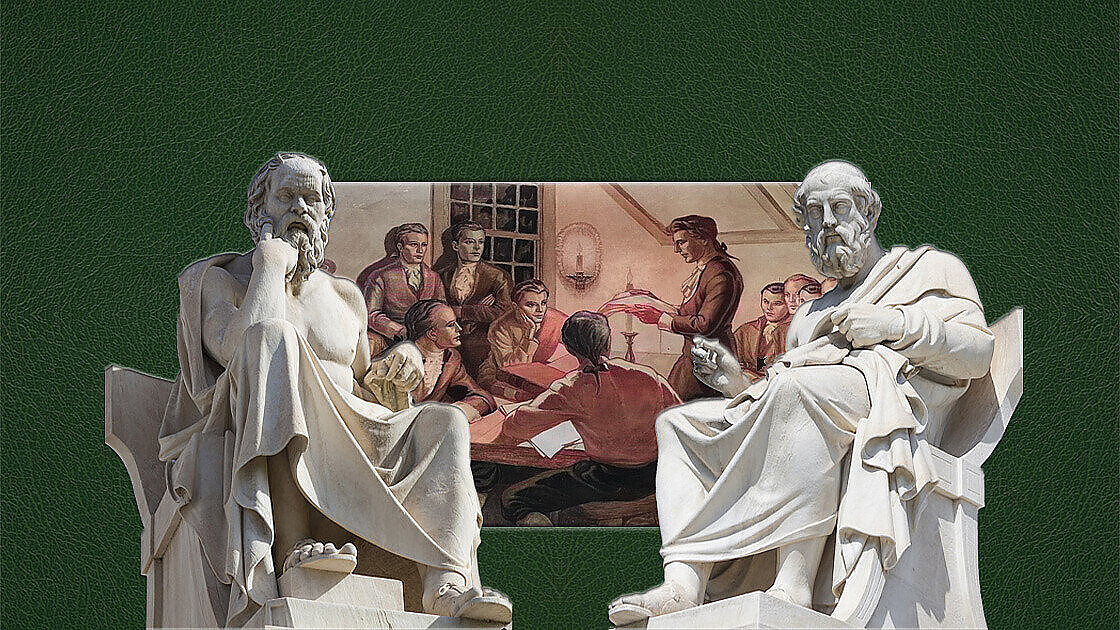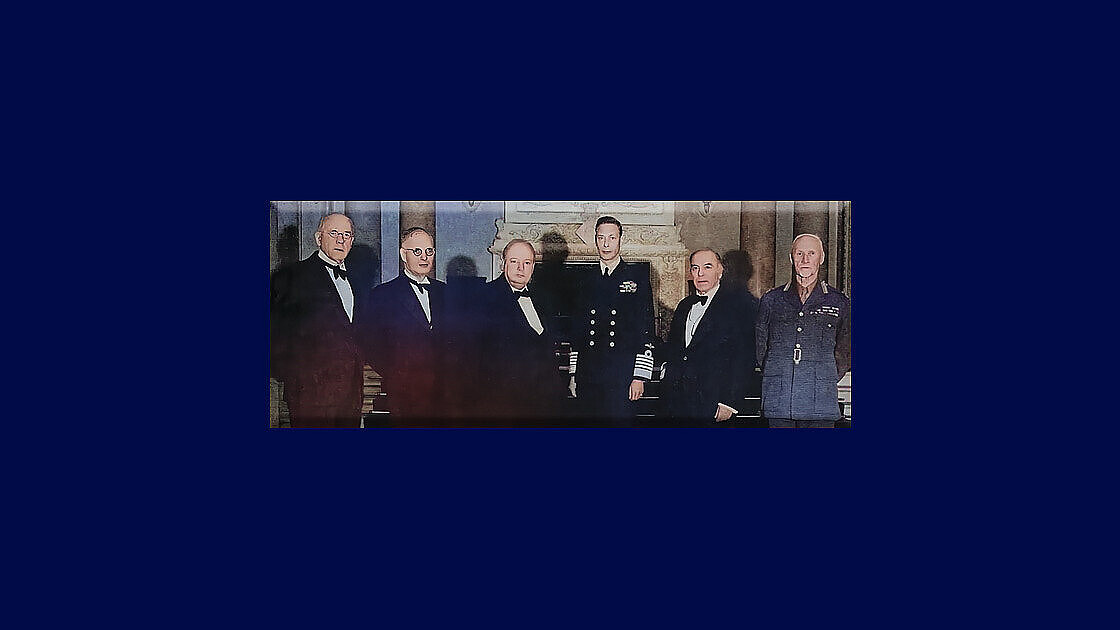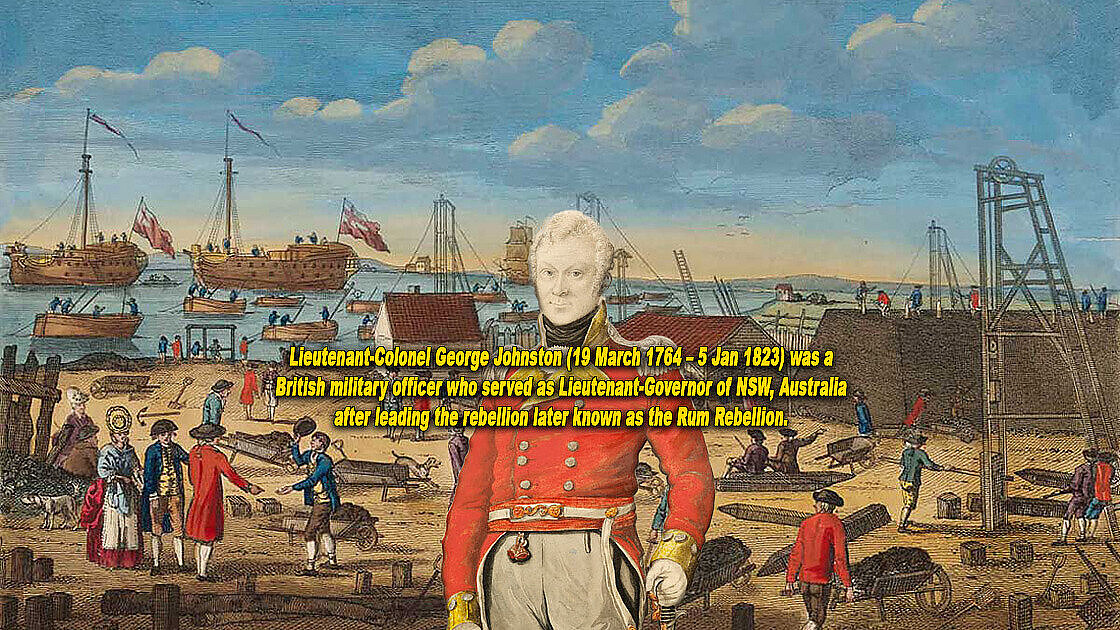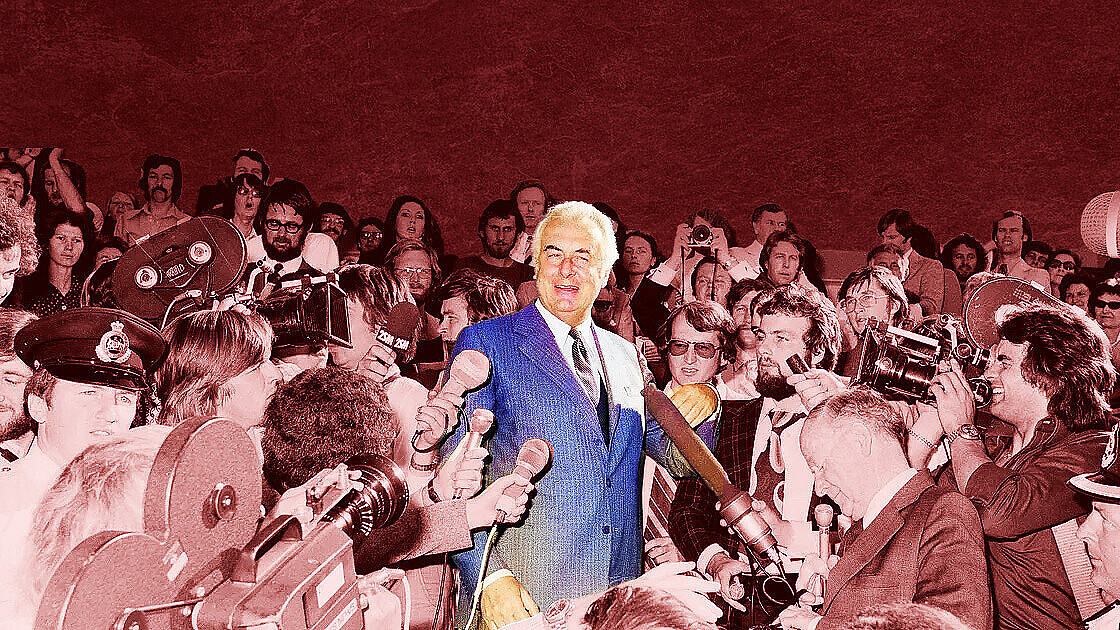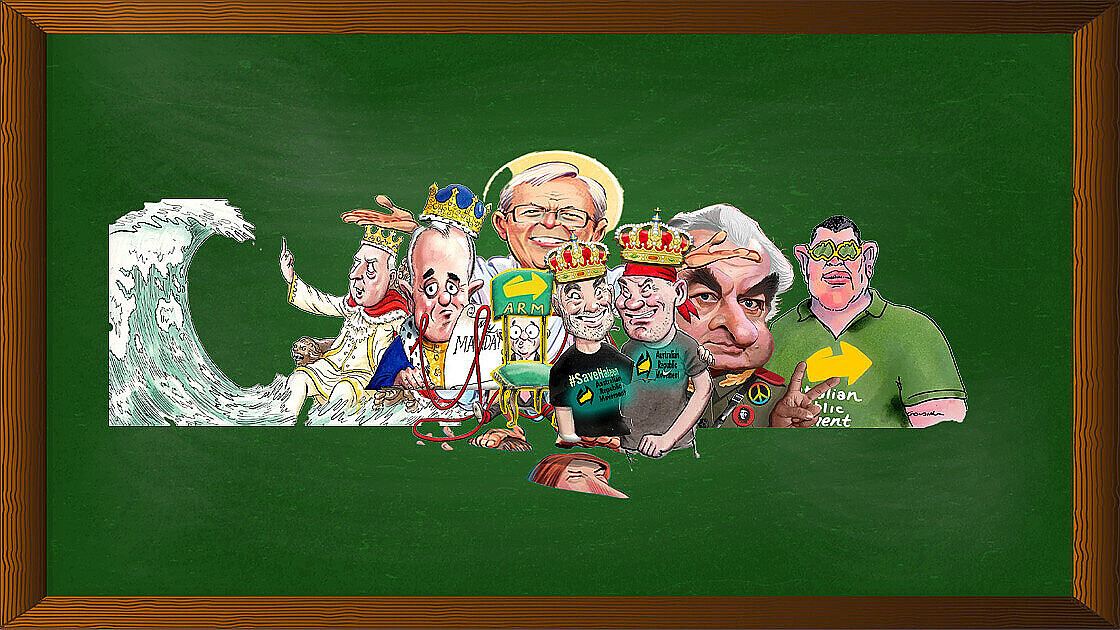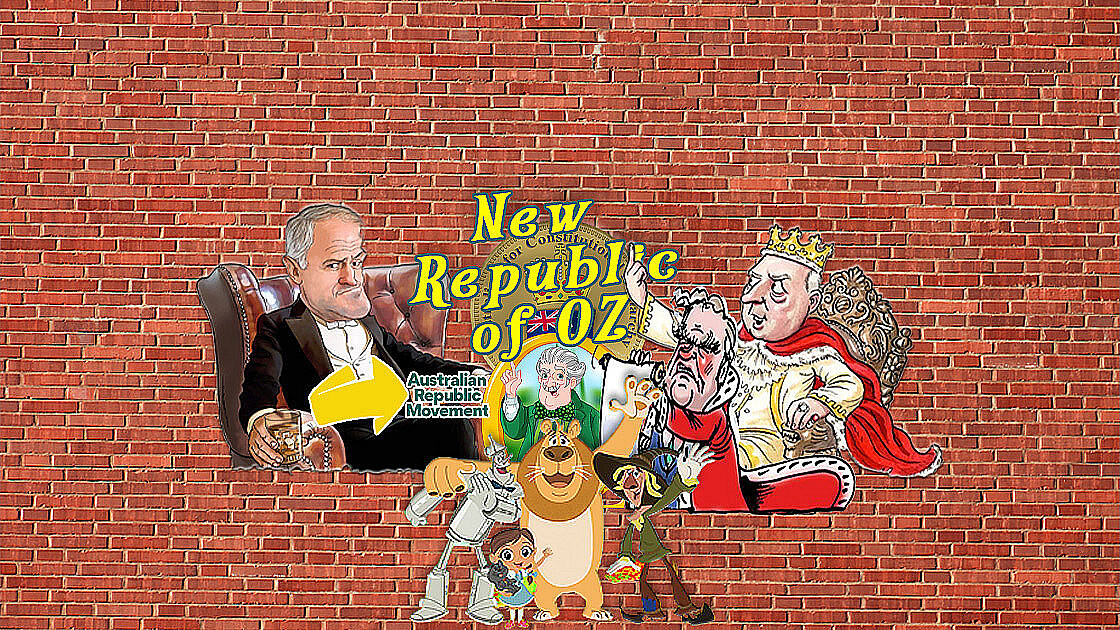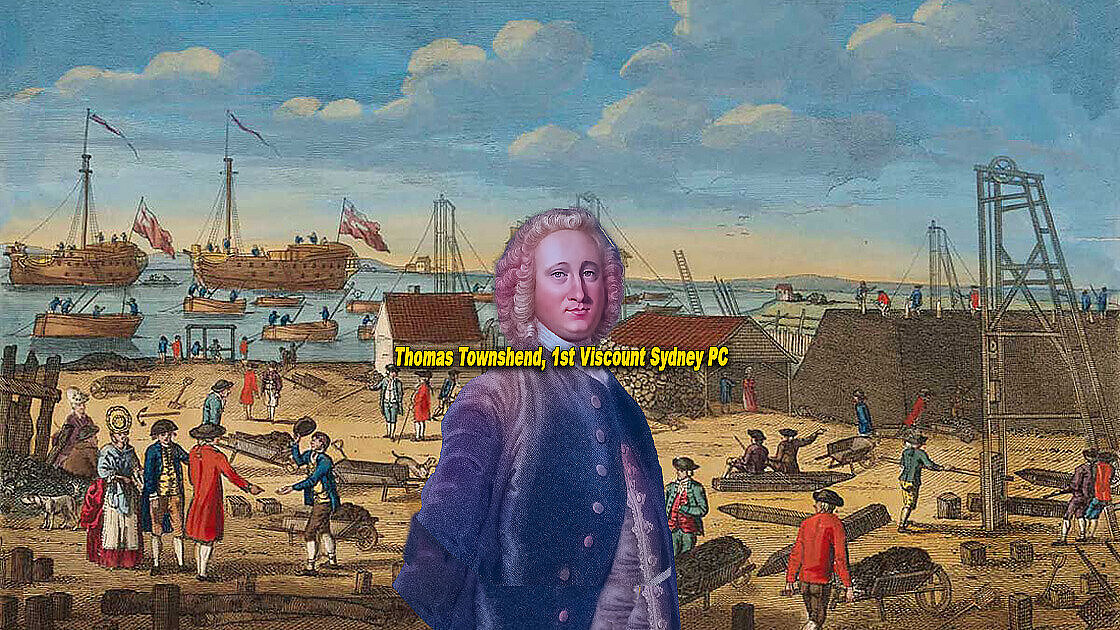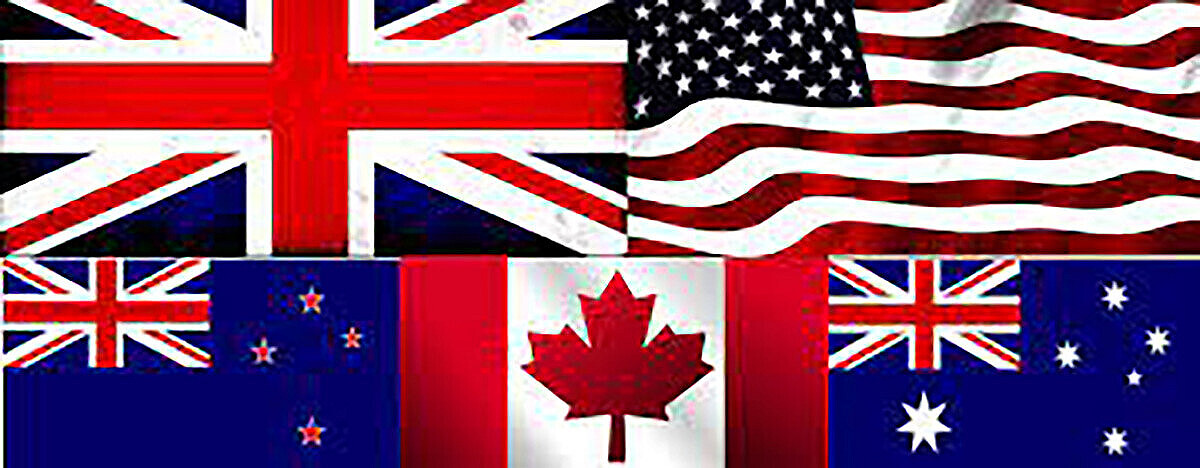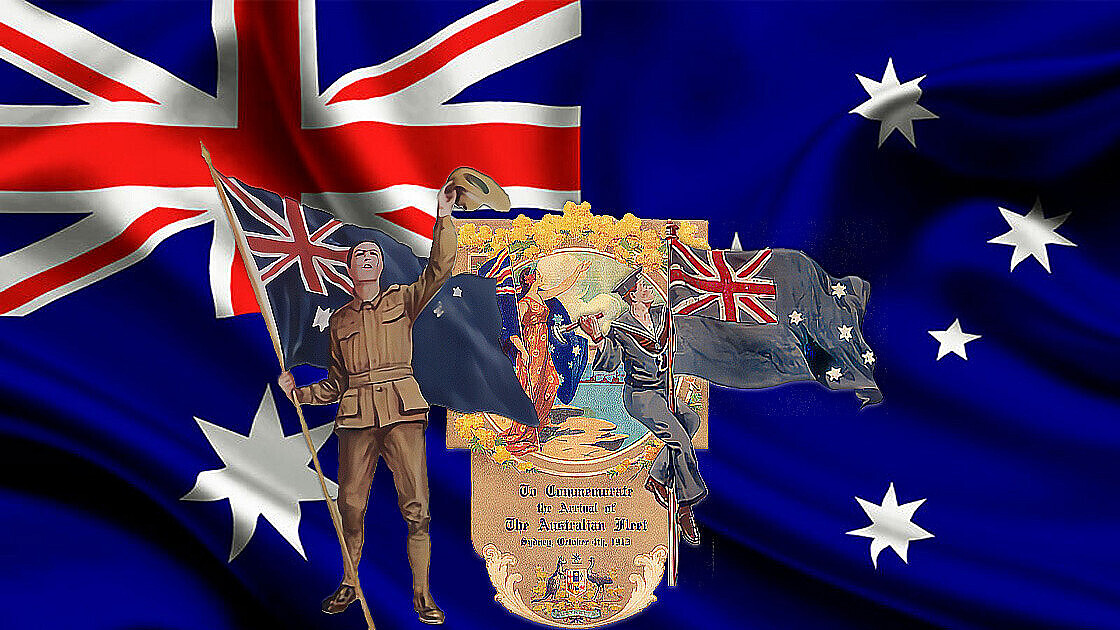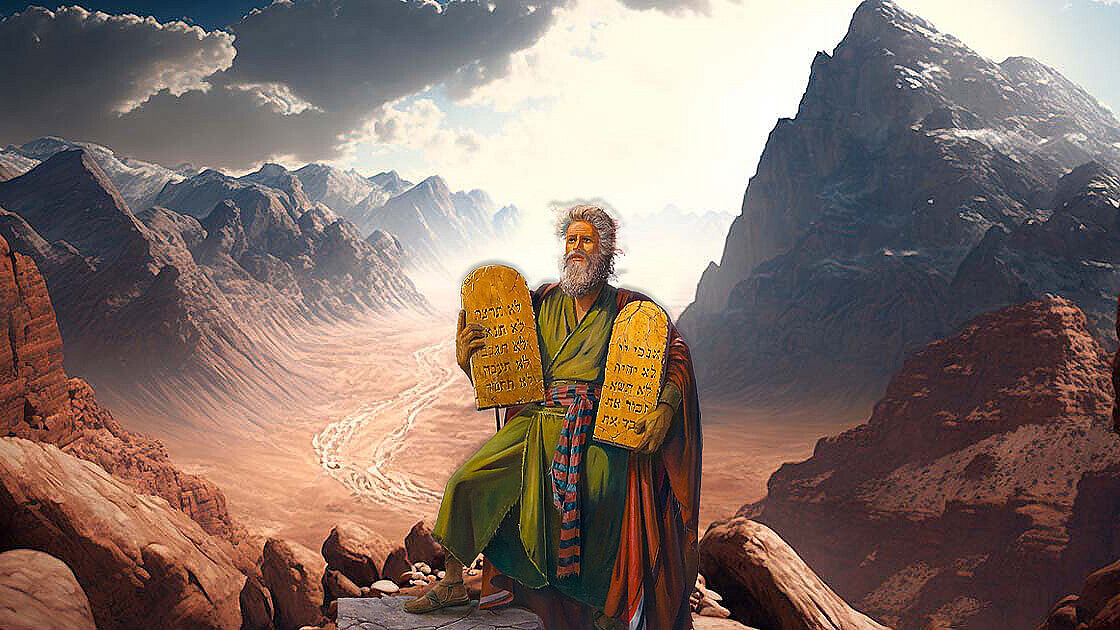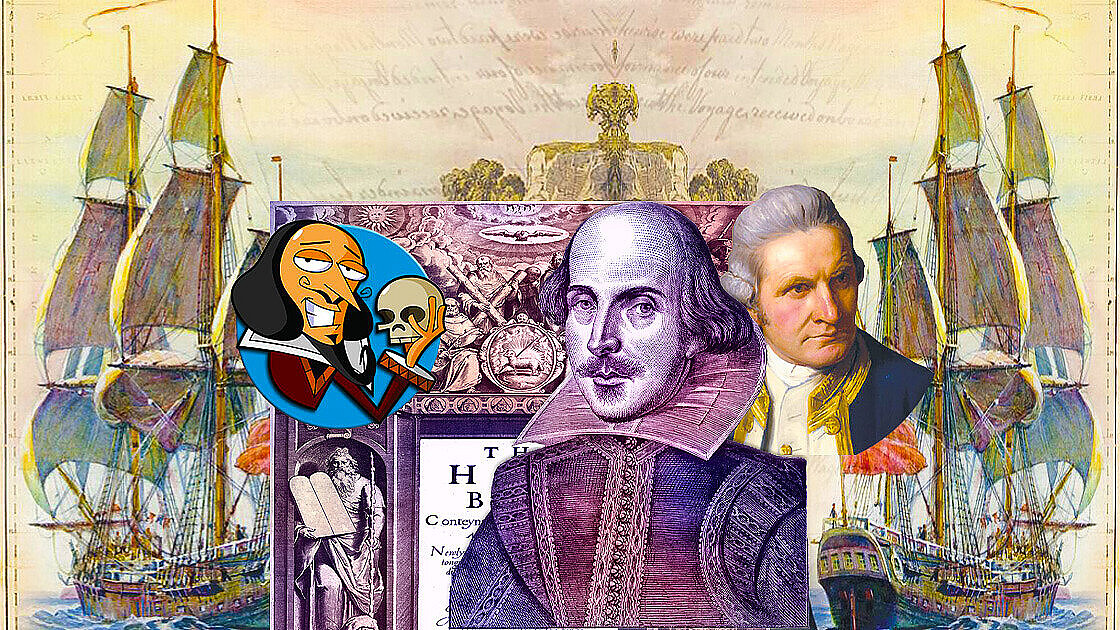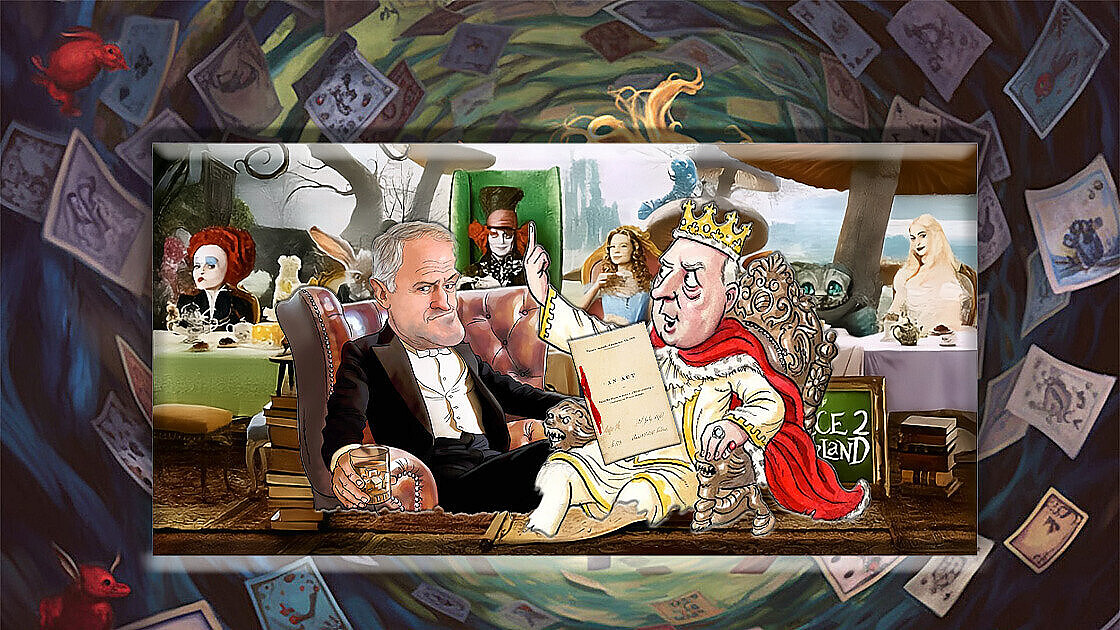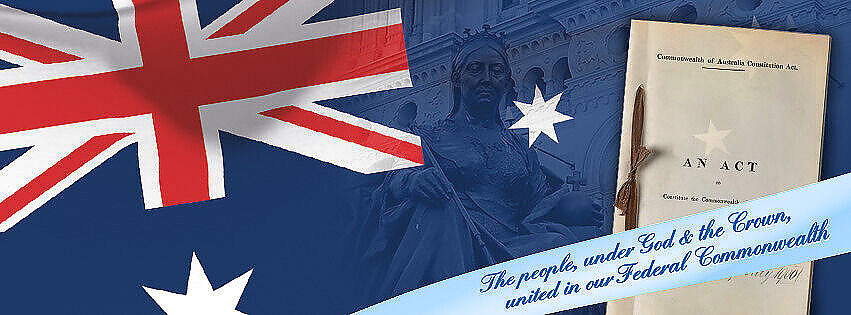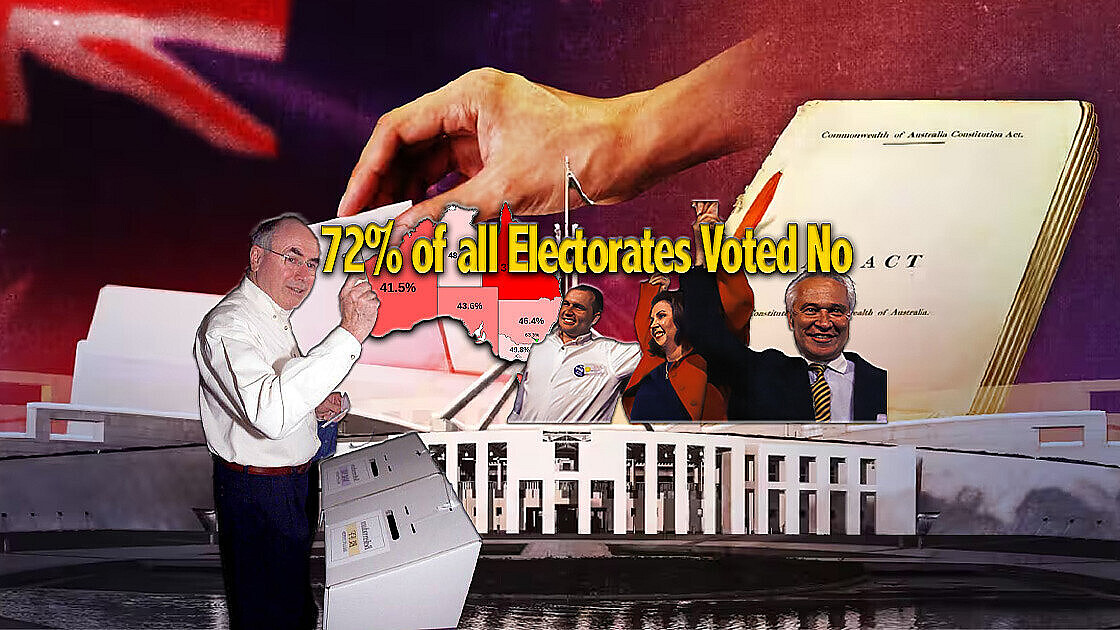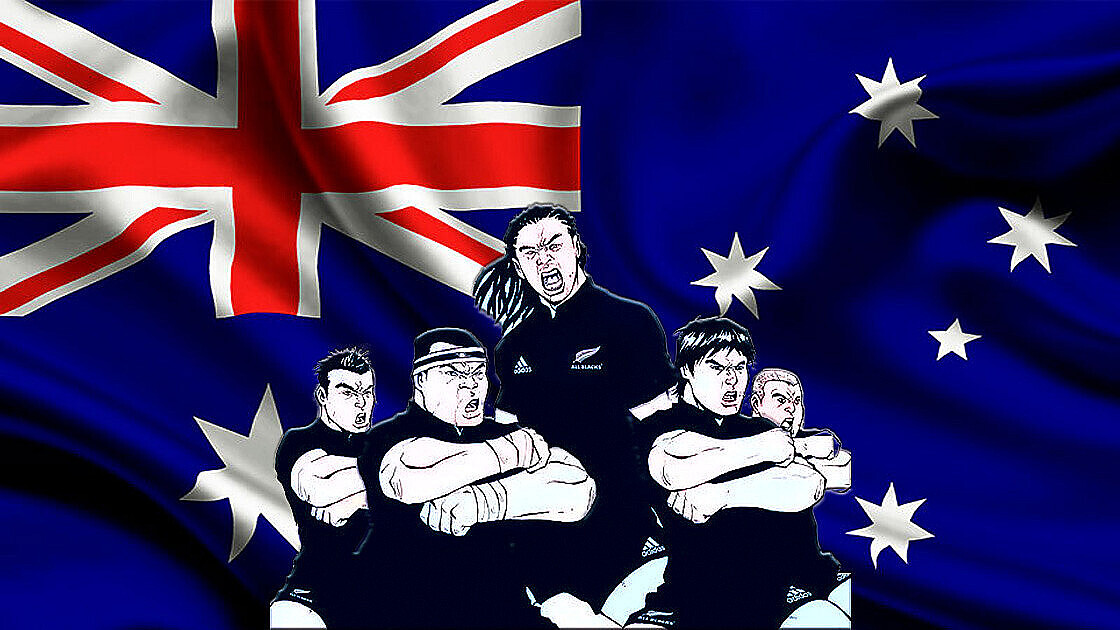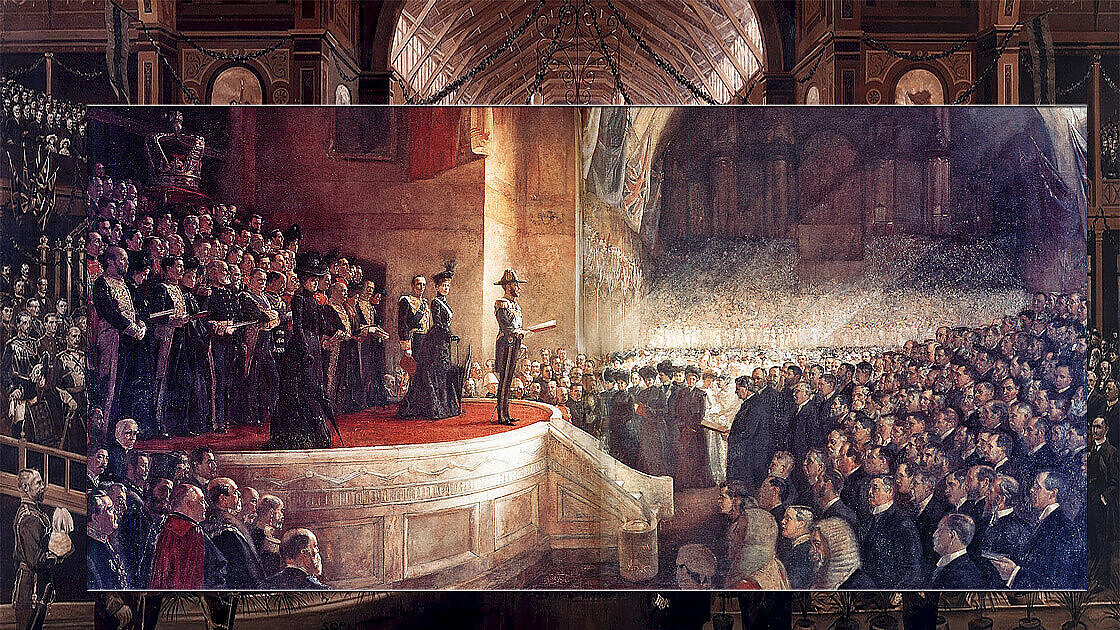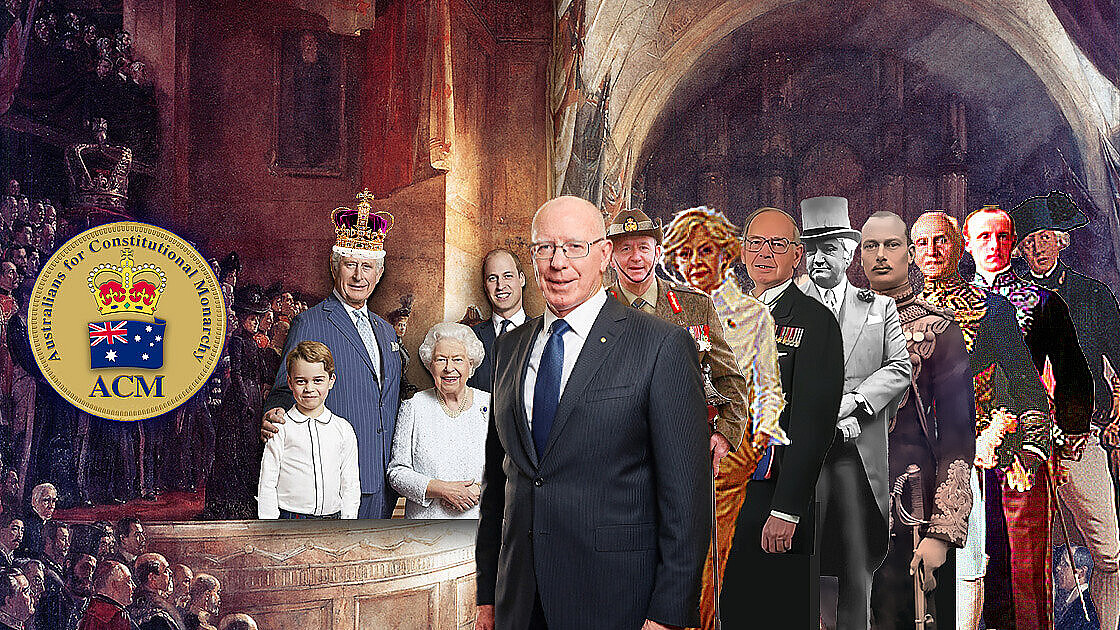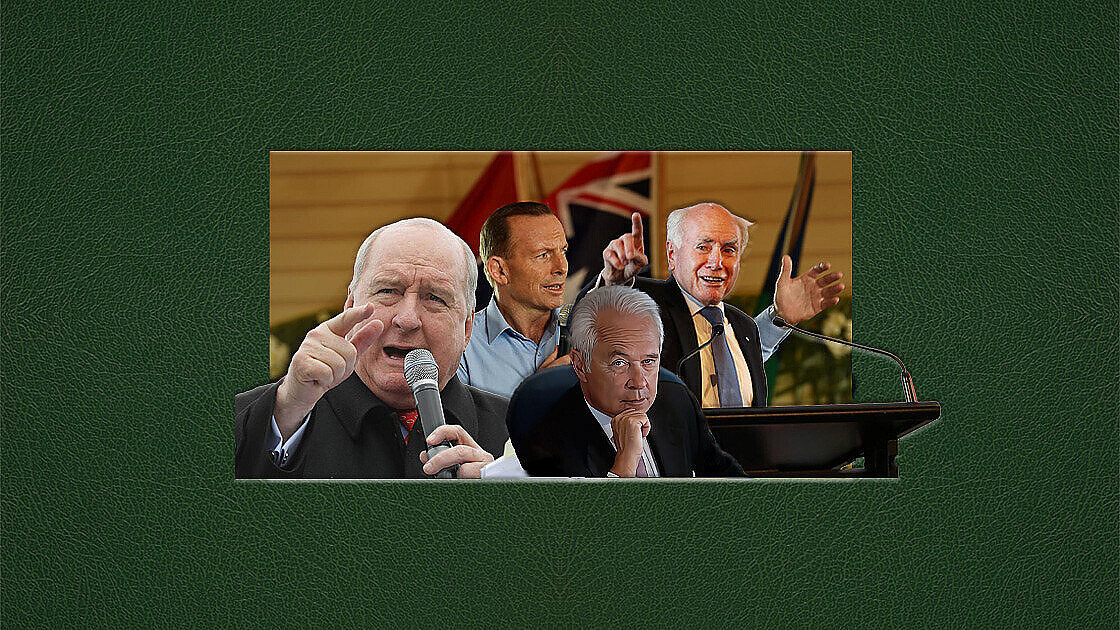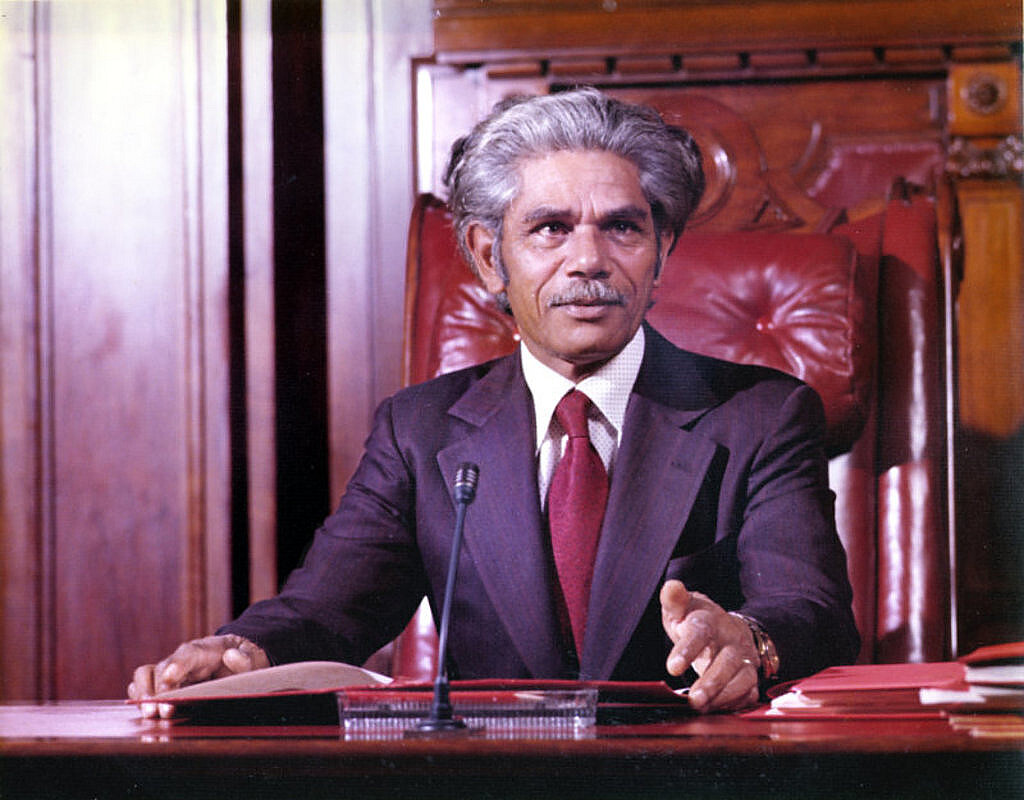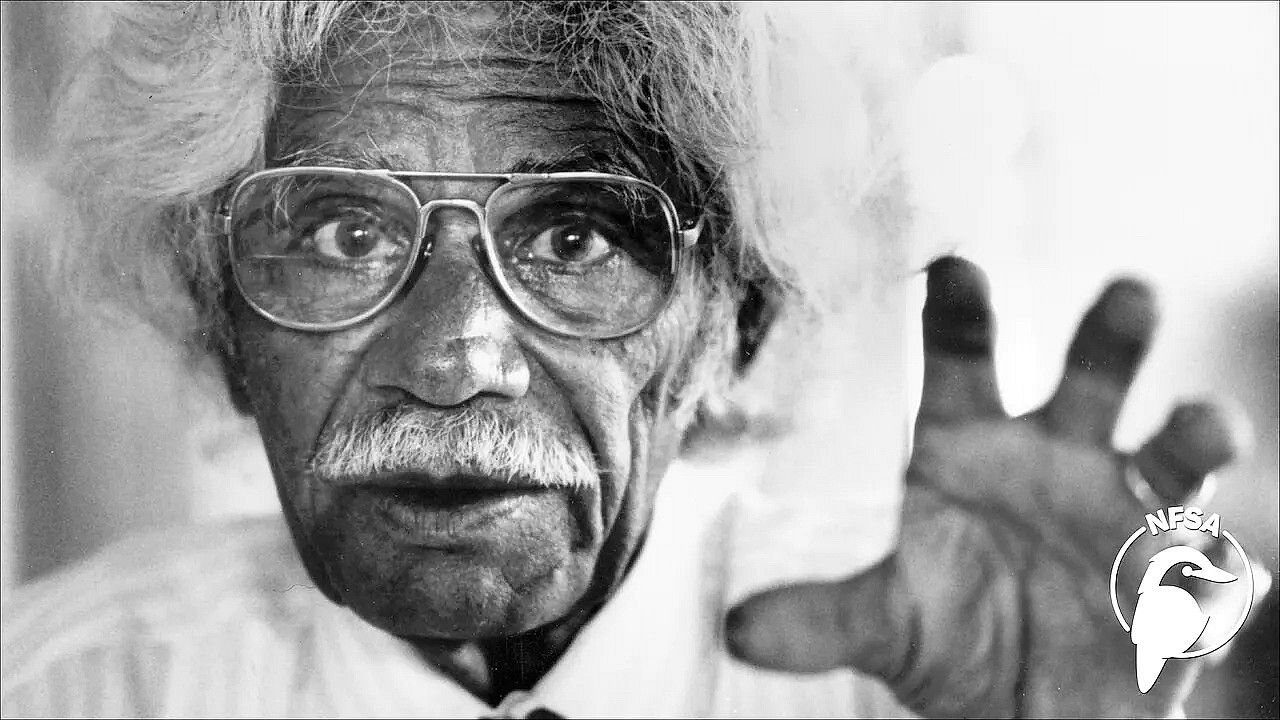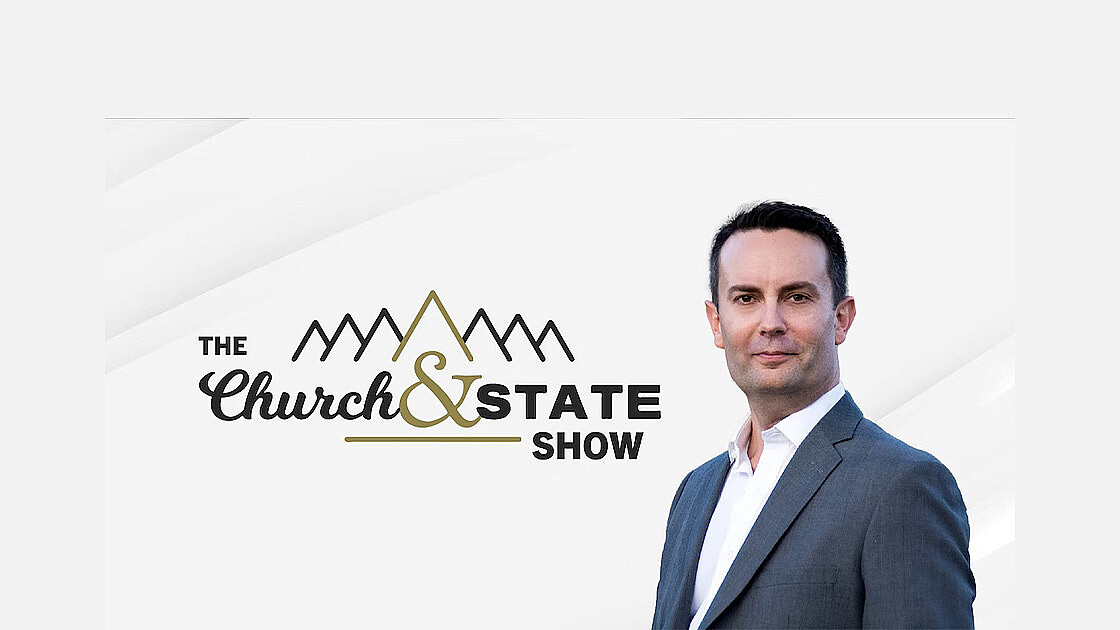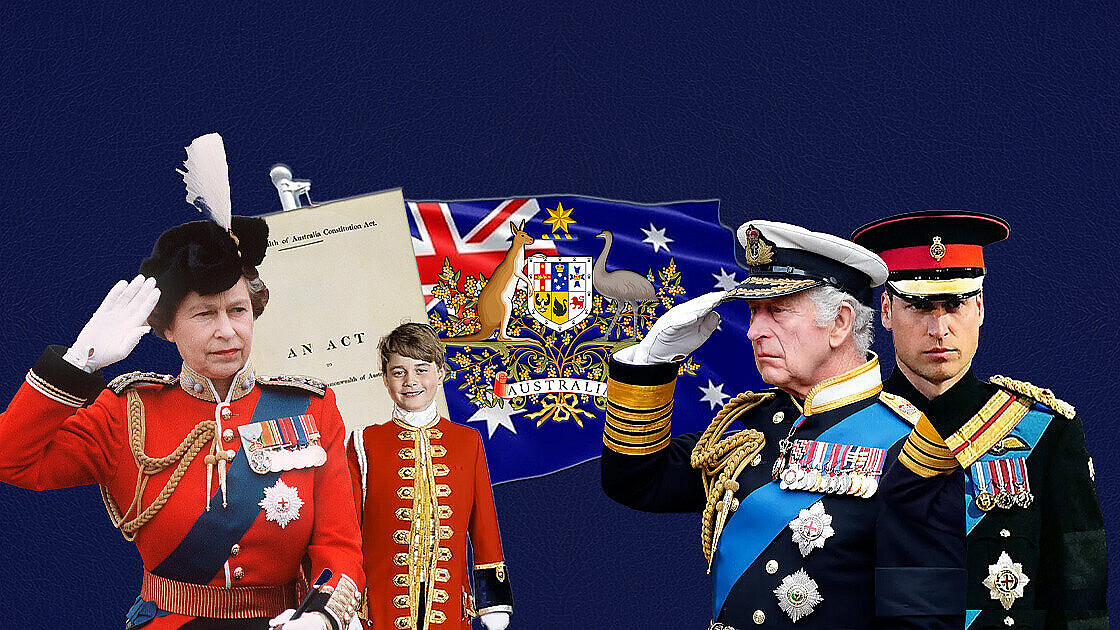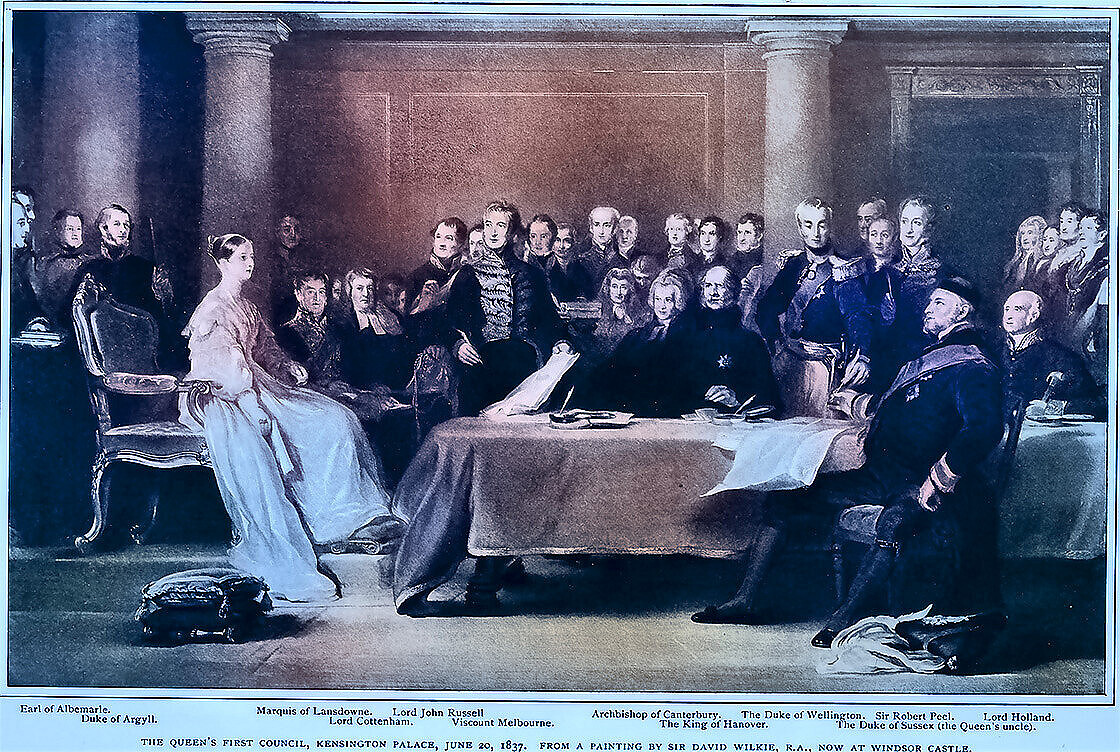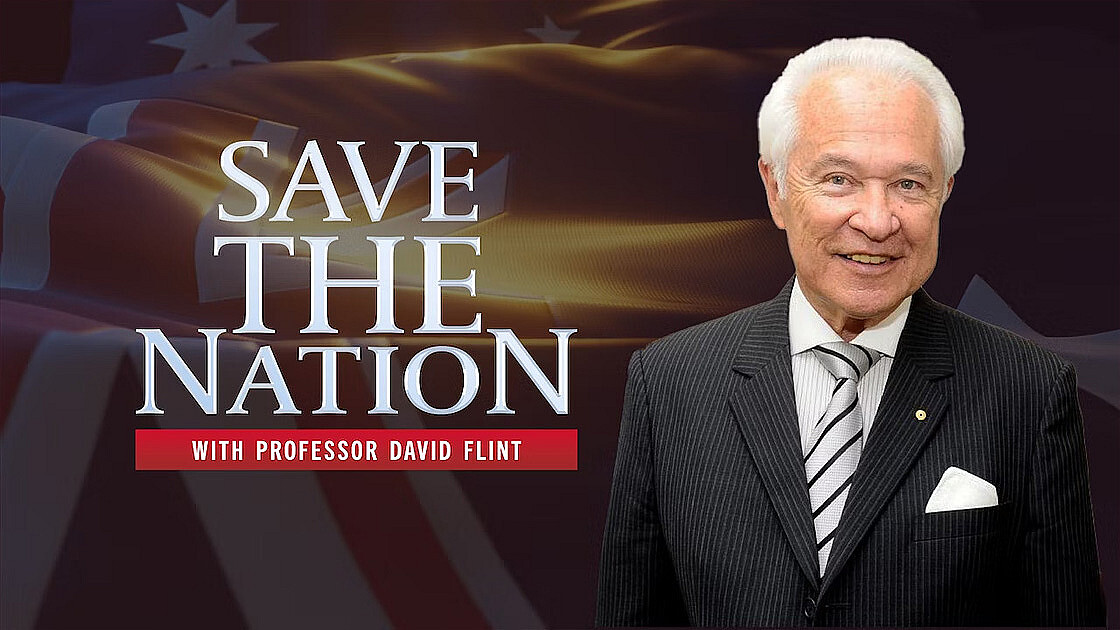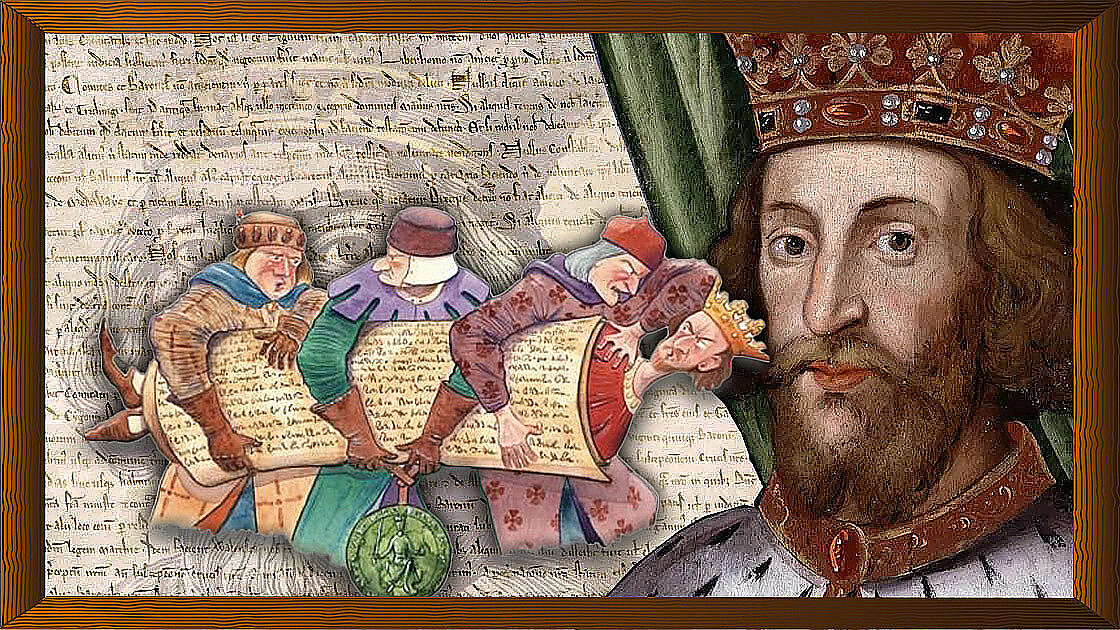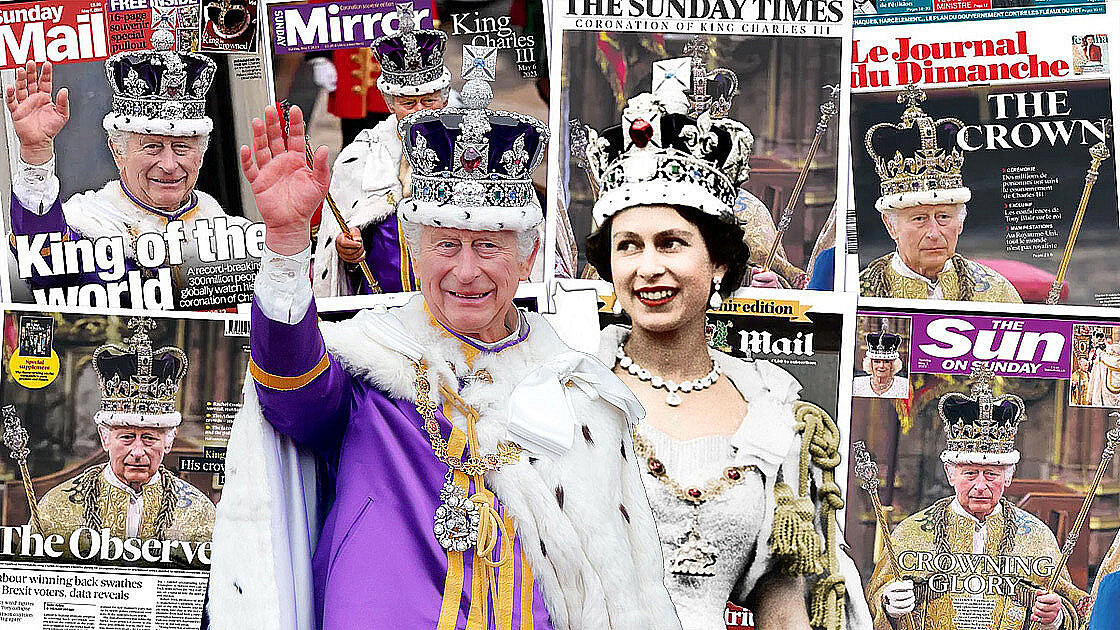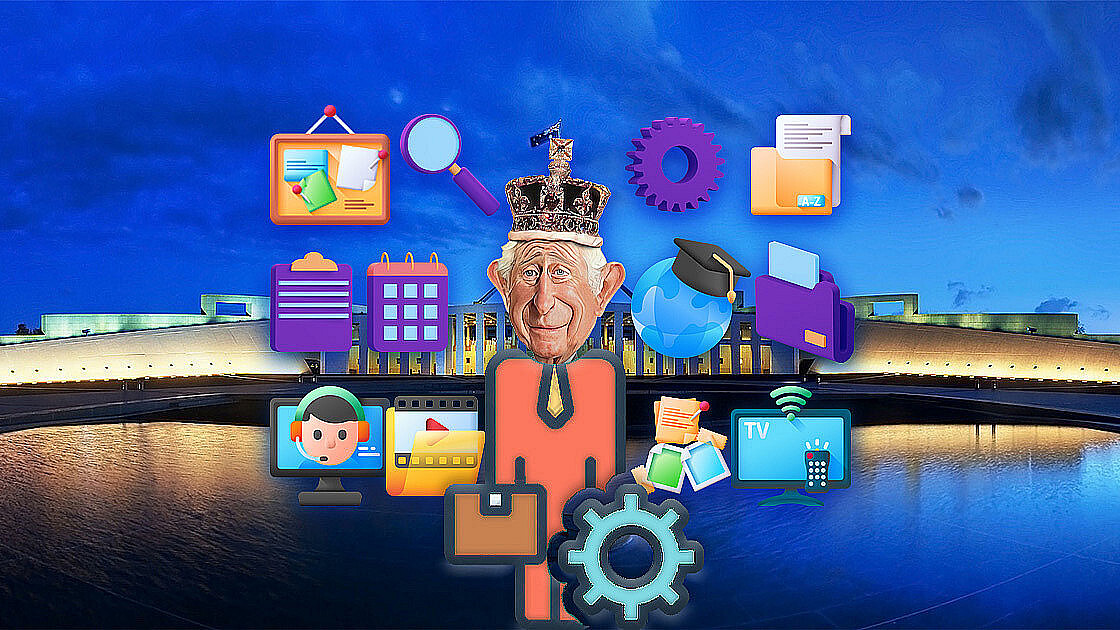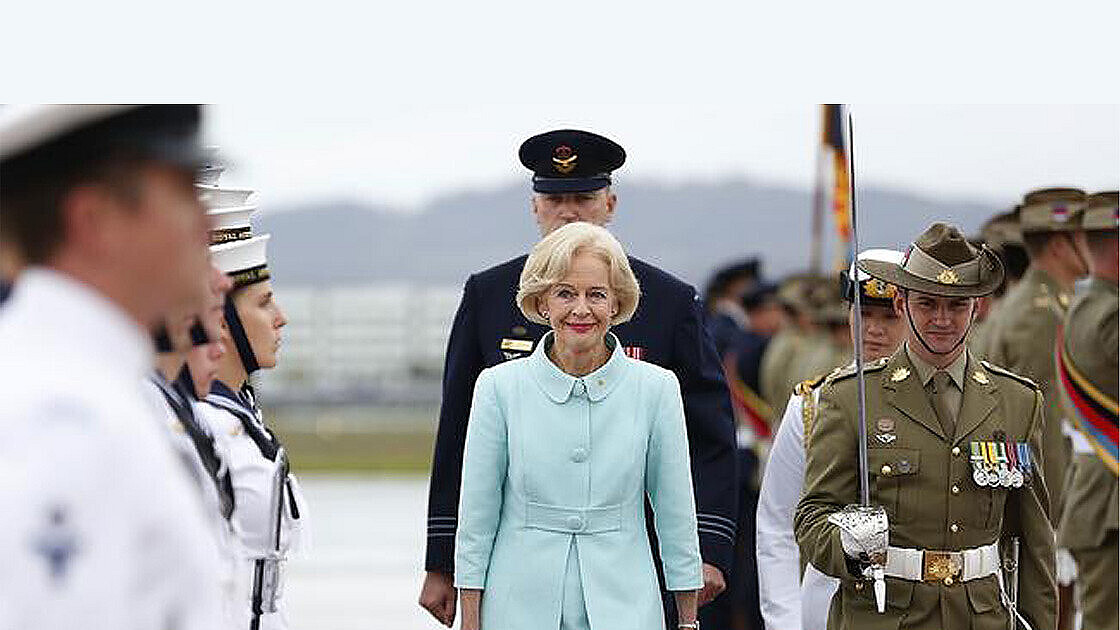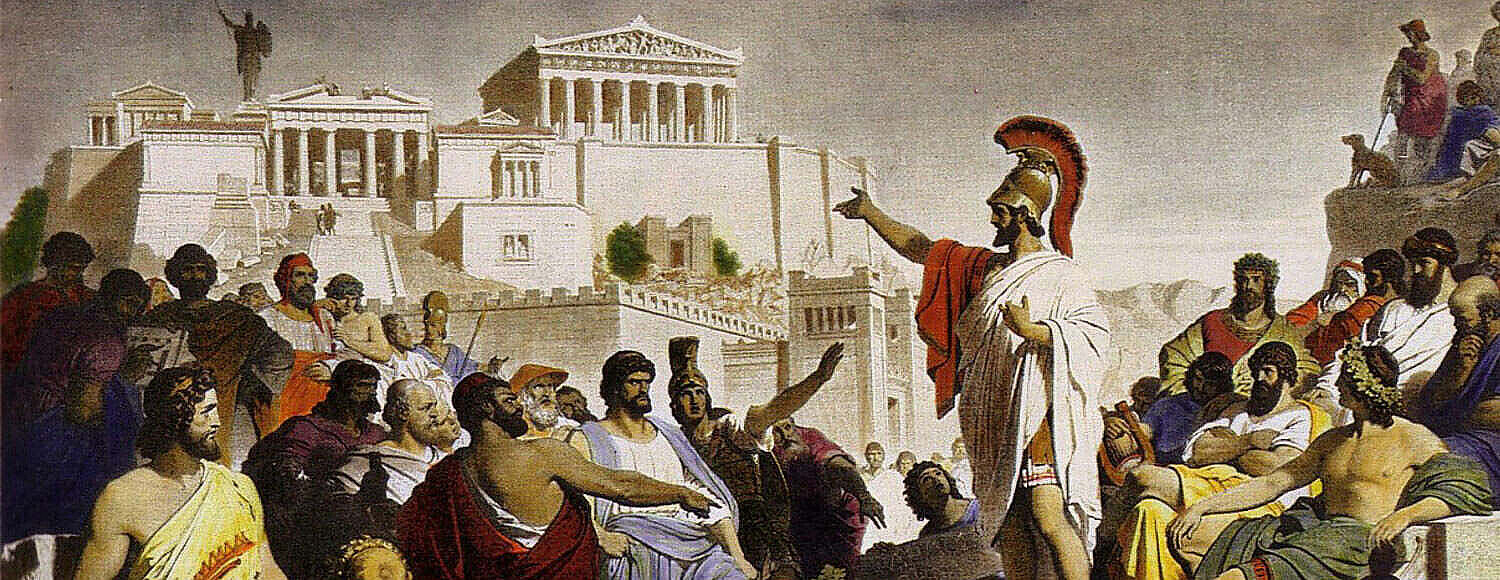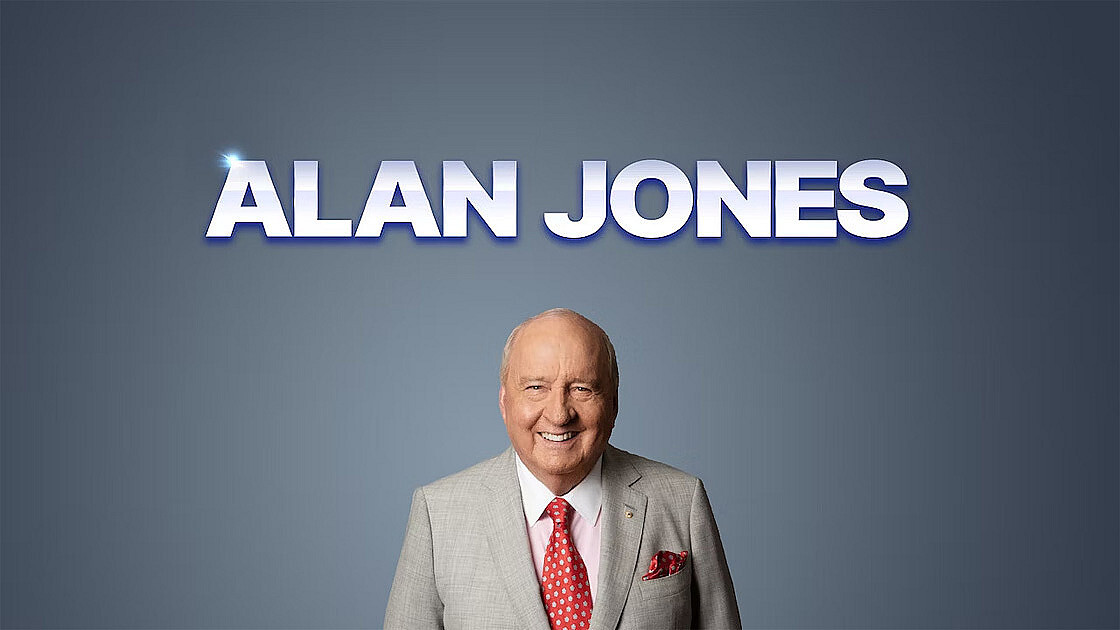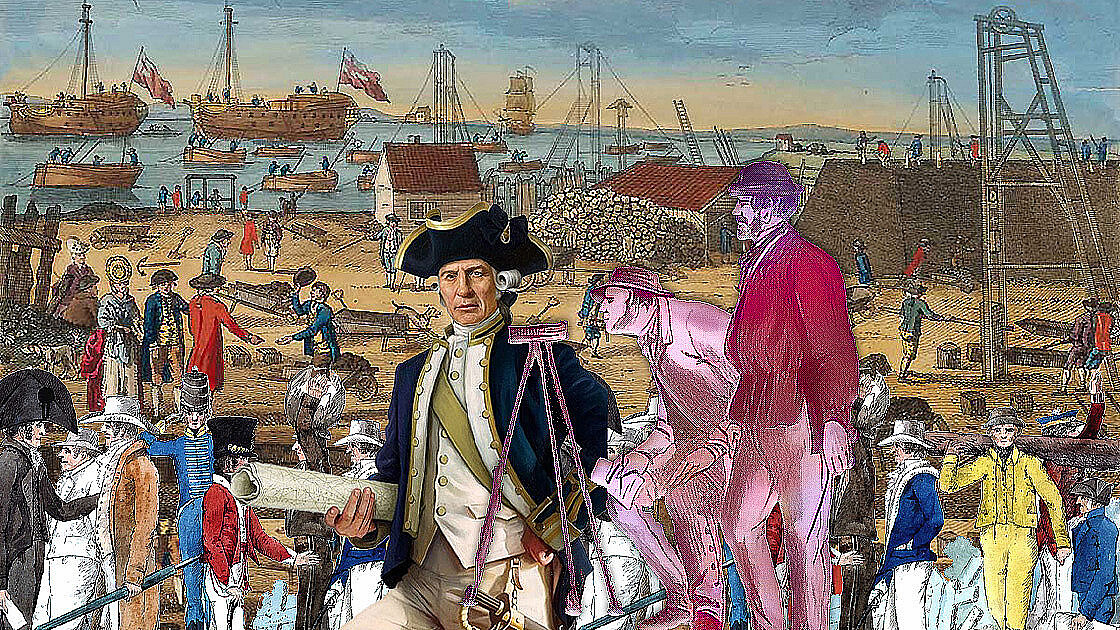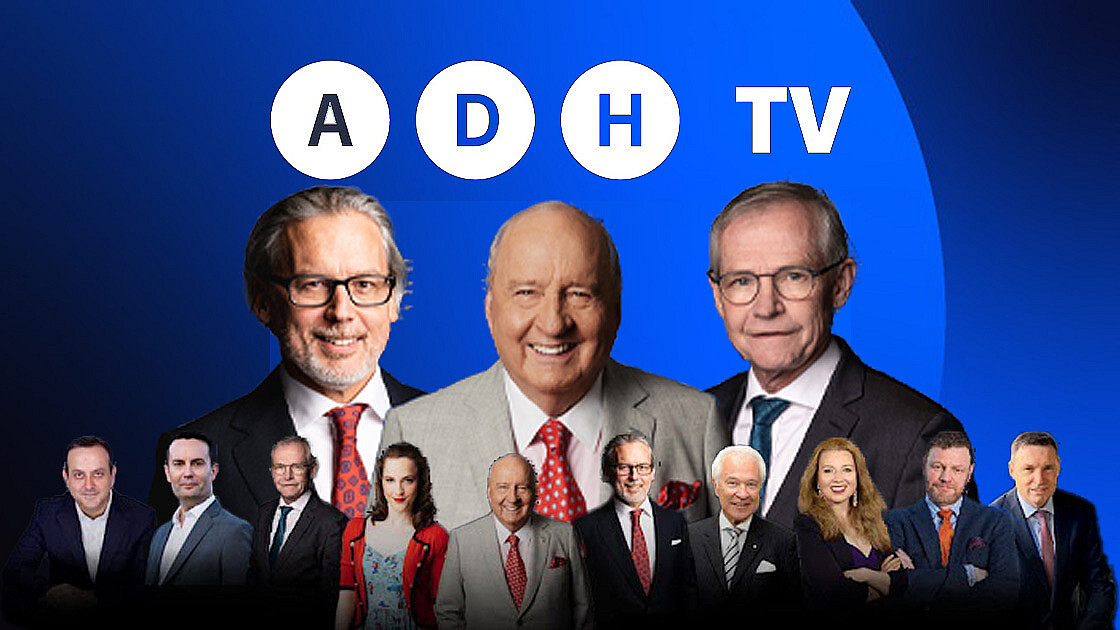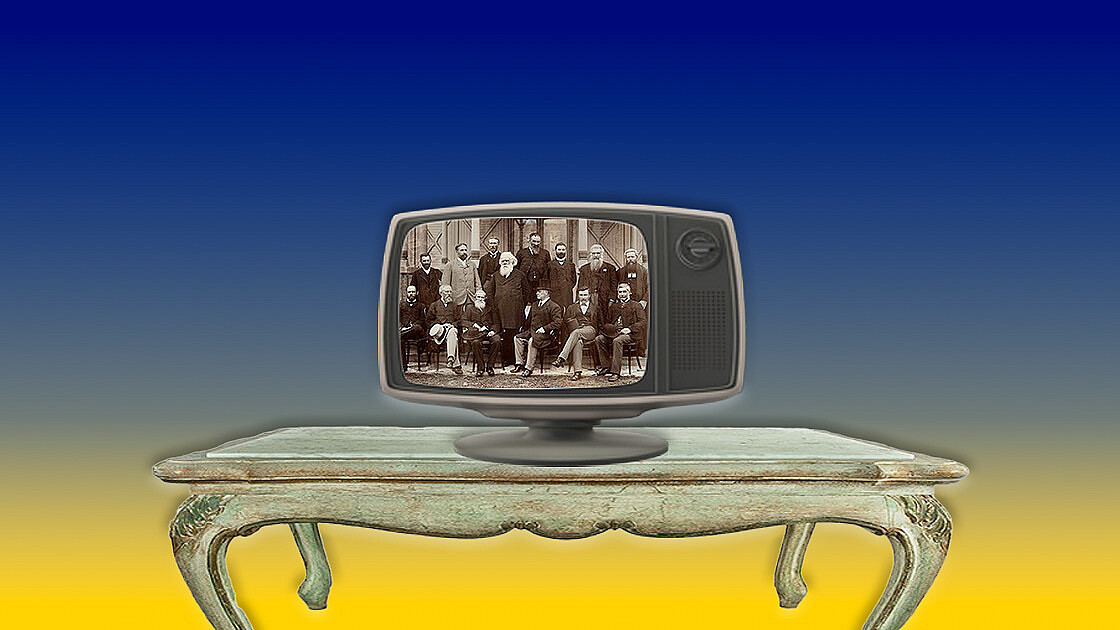Definitions
Three words are central to the current debate about whether Australia should move from its crowned republic.
Those words are “constitution”, “republic”, "commonwealth ", and “head of state.”
Constitution:
This term may be used to refer to the basic law of the Commonwealth of Australia, as set out in the Constitution Act 1900. It can equally be used to refer to the constitution of a state. In a wider sense, the term can refer to the whole constitutional system, including various important statutes that came with the 1788 settlement and the conventions or customs that have evolved over the years.
During the course of the 1999 referendum debate, the Constitution was sometimes criticised by those advancing the Yes case because it did not, for example, refer to the cabinet or the prime minister. Earlier, an unsuccessful attempt had been made to write down or codify the Reserve Powers vested in the Crown, which may be exercised without advice or even contrary to ministerial advice.
Perhaps the best definition, and the one used on this site unless the context clearly indicates otherwise, is that offered by Lord Bolingbroke (1678-1751), put into modern English:
A constitution is “that assembly of laws customs and institutions by which the people have agreed to be governed.”
Republic: the dictionary
The Macquarie Dictionary ( 1st edition) gives the following three relevant definitions of a republic:
1. A state in which the supreme power rests in the body of citizens entitled to vote and is exercised by representatives chosen directly or indirectly by them
2. Any body or persons, etc., viewed as a commonwealth
3. A state, especially a democratic state, in which the head of government is an elected or nominated president, not an hereditary monarch.
Note that a constitutional monarchy clearly falls into the first and second definitions. It is also covered by the third, where the head of government is the prime minister. It also falls into the third, as a constitutional monarch is not the head of government.
The word originates from the Latin respublica, meaning public matter. The closest word in English is Commonwealth.
The Shorter Oxford Dictionary (3rd edition) says the word first occurred in English in 1603.
Its relevant definitions are:
1. The state, the common weal -1684
2. A state in which the supreme power rests in the people and their elected representatives or officers, as opp. To one governed by a king or the like; a commonwealth 1604.
Either could include a constitutional monarchy.
Republic: political theory and usage
Sir Thomas Smith introduced the term “republic” to describe the English system as long ago as the sixteenth century. He was an English diplomat and one of the greatest classical scholars of his time.
He studied at Padua and was made Regius Professor of Civil Law and Vice-Chancellor of Cambridge University. He was also a Member of Parliament, an ambassador to France and as a secretary of state, a very close and trusted confidante of Queen Elizabeth I.
His book, “De Republica Anglorum; the Manner of Government or Policie of the Realme of England, " was published in 1583. His intention was to show how the English system differed from and was superior to others.
“No one”, said the renowned historian, FW Maitland, “would think of writing about the England of Elizabeth’s day without paying heed to what was written about that matter by her learned and accomplished Secretary of State.”
But the term republic was still occasionally used to include ones where the executive was in the hands of a hereditary officer. The best example from our point of view was King William III, who was invited with Queen Mary II to take the throne after James II fled the kingdom. William had been Stadtholder of Holland and four other provinces in the Republic of the Seven United Netherlands, the Dutch Republic, which would become the Kingdom of the Netherlands—by the time of William, a sovereign Prince of Orange, the office of Stadtholder had become hereditary in practice if not in law.
It is undoubtedly of particular relevance that our first more constitutional monarch after the Stuart Kings came from an undoubtedly crowned republic.
Eighteenth-century republican theorists did not see constitutional monarchy as incompatible with genuine republicanism, says Professor Brian Galligan, A Federal Republic, 1995, p.4. Indeed Montesquieu praised the English constitution as an ideal model for republican government
The French political philosopher Montesquieu, one of the greatest figures of the Enlightenment, declared England in the seventeenth and eighteenth centuries to be a ‘republic hiding under the form of a monarchy.’Seeing England as one of the freest countries in the world, he found there the development of an important check and balance against the abuse of power.
This was the separation of the judicial power from the legislative and executive powers, one of the achievements of the Glorious Revolution of 1688 under King William III and Queen Mary II, which established an earlier version of the constitutional monarchy and was the basis of government in the United States which many regards as an elective monarchy.
The point is that no definition of the word “republic” is all-encompassing. Indeed by itself, the word ‘republic’ is so imprecise as to be almost meaningless. It requires some qualification to explain what is intended. On this site, we distinguish between crowned republics (also known as constitutional monarchies) and politicians’ republics. This does not purport to be an exhaustive classification. Falling outside of these are, for example, absolute monarchies, which have existed historically in, say, France under Louis XIV and exist today in Saudi Arabia. But most countries today would be either crowned republics ( constitutional monarchies) or politicians’ republics. All crowned republics are democracies. Many politicians’ republics are not.
Politicians’ republics can be classified in various ways. In Australia, the Republican movement proposed a republic where the politicians chose and closely controlled the president. This was rejected in 1999.Although they will not today reveal what sort of politicians’ republic they want, the two most talked about is, first, some variation of that rejected in 1999. The other is one where the president, and presumably the vice president, the six governors, the six lieutenant governors and the administrator of the territory are all politicians.
Australian usage
The statement Australia is already a republic may come as a surprise to many. But this would have been the assessment of those great political philosophers Rousseau and Montesquieu, who praised the English constitution as an ideal model for republican government.
As Sir Henry Parkes, to many the Father of Federation, wrote:
"Every constitution is in reality a republic. There is just as much a republic in England as there is in the United States, the only difference being, that in the one case the word is not used, and in the other it is."
Cardinal Moran, the leader of Australia's Catholics during the final phase of the nineteenth-century movement for Federation, described our constitutional system as the "most perfect form of republican government".
Patrick Francis Cardinal Moran,
born on September 16, 1830, and passed away on August 16, 1911, holds the distinction of being Sydney's third Roman Catholic Archbishop and the first cardinal ever appointed from Australia.
The Republic Advisory Committee, established by Prime Minister Paul Keating in 1993, chaired by Malcolm Turnbull and consisting only of Republicans, conceded that it might be appropriate to regard Australia as a crowned republic. (The Australian Republic, Vol 1, 1993, page 3)
The term "crowned republic" has been used by leading supporters of the Australian Crown in our constitutional system, including the former Prime Minister, John Howard, the former Minister, Tony Abbott, the former High Court judge, Justice Michael Kirby, and the former NSW Court of Appeal judge, Justice Ken Handley.
Politicians’ republics can be classified in various ways. In Australia, the Republican movement proposed a republic where the politicians chose and closely controlled the president. This was rejected in 1999. Although they will not today reveal what sort of political republic they want, the two most talked about is some variation of that rejected in 1999. The other is one where the president, and presumably the vice president, the six governors, the six lieutenant governors and the administrator of the territory are all politicians.
"Commonwealth"
The choice of this word to describe our Federation, the Commonwealth of Australia, is consistent with Australia being a crowned republic. That word "Commonwealth" is, after all, the English equivalent to a republic. But as with the word "republic", it does not necessarily mean a state in which there is no monarch or sovereign. From 1649 to 1660, England was a Commonwealth or republic under Oliver Cromwell. But it was also a de facto monarchy, with the office of Lord Protector passing to his son, son Richard.
The term is used today not only in relation to Australia but also in The Bahamas and four American states which do not have a monarch. It can be thus used in relation to a state where there is no hereditary monarch.
The term was proposed by Sir Henry Parkes, who believed Australia to be a republic. This was at the 1891 Federal Convention in Sydney. It was adopted in 1897-8. In both conventions, observe Founding Fathers Sir John Quick and Sir Robert Garren. Other names were suggested, including “United Australia,” “Federated Australia,” and “ The Australian Dominion.” But “Commonwealth” prevailed, the principal objection being it was suggestive of republicanism.
As we are arguably already a republic, albeit crowned or disguised, and as our constitutional system is one of the most successful in the world, constitutional monarchists ask why there is such a fuss over turning Australia into a politicians' republic. The principal proponents, they say, do not seriously argue that this will improve governance.
They say millions and millions of dollars have already been spent, and more are proposed to be spent on this.
More importantly, they ask why anyone would wish to change any of the fundamental features of such a successful constitutional system, of which there are so few in the world.
Republics: Crowned and Politicians'
No definition of the word “republic” is all-encompassing. Indeed, the word ‘republic’ is so imprecise that it is almost meaningless. It requires some qualification to explain what is intended.
On this site, we distinguish between crowned republics (also known as constitutional monarchies) and politicians’ republics. This does not purport to be an exhaustive classification. Falling outside these are, for example, absolute monarchies, which have existed historically in France under Louis XIV and exist today in Saudi Arabia. But most countries today would be either crowned republics ( constitutional monarchies) or politicians’ republics. All crowned republics are democracies. Many politicians’ republics are not.
In Australia, the Republican movement proposed a republic where the politicians chose and closely controlled the president. This was rejected in 1999.
Although they will not today reveal what sort of political republic they want, the two most talked about is some variation of that rejected in 1999. Alternatively, it is one where the president, and presumably the vice president, the six governors, the six lieutenant governors and the administrator of the territory are all directly elected politicians.
Read more: Australia - A Crowned Republic.
Head of State
This diplomatic term was almost unknown in ordinary everyday English until the Republican movement began to use it in the 1990s to support their campaign for major constitutional change. In international law, the head of state is the person held out to be this by a government and who is recognized as such in other countries. The Governor-General is clearly such a head of state.
The term is also used to refer to the person who is the ultimate constitutional guardian. In 1907, the body which can give an authoritative interpretation of the constitution, the High Court of Australia, explained the situation in Australia. The High Court, consisting of five of our leading Founding Fathers, all of whom had been intimately involved in the process of Federation, gave a unanimous ruling. They declared that the Governor-General, who under section 61 of the Constitution exercises the executive power of the Commonwealth, is the constitutional head of the Commonwealth, and the Governors are the constitutional heads of state.
Read More: Australia's Head of State Debate Resolved
